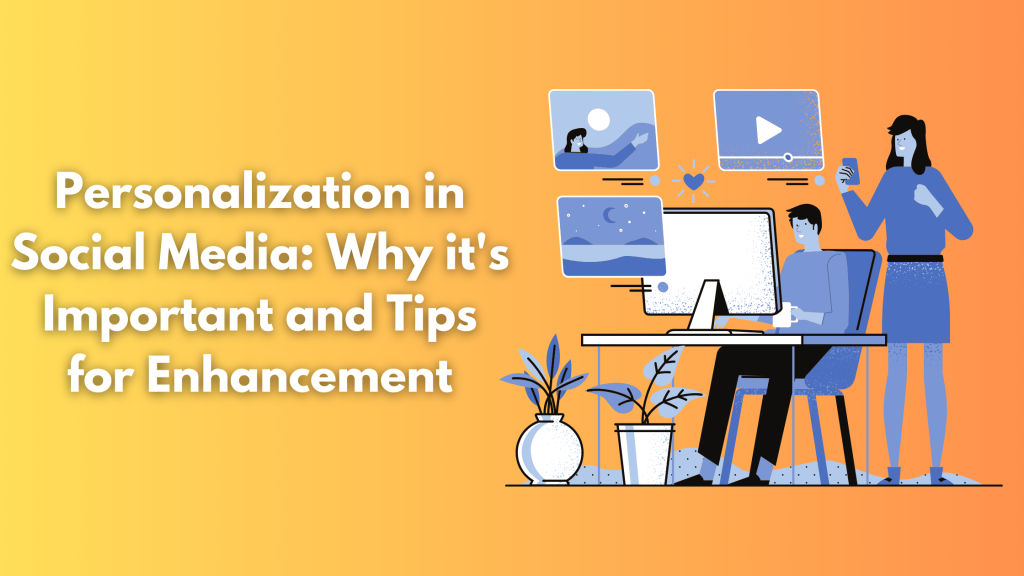
Social media is the most popular platform for promotions, but one of the most significant benefits of social media is to provide a personalized experience. Personalized marketing refers to using and analyzing users’ data to provide more relevant information and content.
In other words, Businesses collect and analyze user data based on demographics, interests, preferences, behavior, language, etc to provide more relevant content to them and enhance user experience.
You must have experienced this on YouTube, it shows you the videos related to your search. It makes the user experience smooth and satisfying. As users, we tend to seek more personalization as it saves time and effort. We get the desired results in a lesser amount of time.
According to The Sprout Social Index, customers of all ages stated that the most memorable thing a brand has done for them is to respond to them. Customers expect the brand to address their issues and problems more directly and personally. They enjoy it when a brand is directly addressing their needs and communicating with them.
To enhance user experience and engagement, you must focus on a social media personalization strategy. The first step in creating a personalized experience is to understand the user data and enhance your customer service so that you can understand your customers more effectively. In this article, we’ll learn why marketers are shifting towards personalization and how to enhance social media personalization. Also, we’ll understand the personalization strategy used by some brands.
What is social media personalization and why are marketers shifting to it
Social media personalization refers to a type of marketing in which brands analyze user behavior, interests, and preferences across multiple channels, and based on it they deliver highly personalized content that is suitable for that customer for a specific stage of the customer buyer journey. It makes users feel connected to your brand and makes them feel special and valued. It helps in increasing conversion and engagement rates and encourages loyalty.
According to Salesforce’s State of the Connected Consumer Report, 73% of consumers stated that they would want or expect companies to value their unique needs and expectations. Also, 56% of consumers stated that they expect the offers to be personalized. To create a suitable personalization social media strategy, you need to understand customer data and integrate it in one place for better analysis. You should have customer data collection software or CRM for better formulation of the personalization strategy.
A well-crafted personalization strategy will boost customer loyalty, conversion, and engagement rates. It increases your revenue and builds customer trust and brand identity. Personalized content is more relevant and meaningful which makes users engage with it. For example Quizzes, with an average one getting shared 107 times. This personalized content speaks directly to the customers and encourages positive feedback. The more positive feedback you have the stronger your Facebook relevance metrics which can reduce your Facebook advertising cost. Also, According to a study, 63% of marketers consider high conversion rates as the main benefit of personalization, while 31% stated an increase in eCommerce revenue as the main benefit. Personalization helps in increasing the social media return on investment. Personalized content indicates that you care for your customers and value them, It encourages customer loyalty and trust. Once the customers are satisfied and emotionally connected to your brand, they will act as brand advocates and spread positive word of mouth about your brand. According to a survey conducted by RRD, 55% of consumers discovered a new product or service through positive word of mouth.
How to enhance your social media personalization

To enhance your social media personalization, You must understand your user data. Try to understand your target audience better so that you can create better-personalized content. You can start by analyzing the user data of the platforms where you are active and integrate it in one place. You need to segment your users based on demographics, interests, preferences, social media likes, influencers followed, customer journey stage, language, etc. Earlier marketers used to focus more on demographics whereas today, they focus more on user preferences, interests, followers’ likes, influencers followed, and behavior. It helps in creating a deeper understanding of the user and helps in creating a more personalized communication. Also, you must consider the customer journey stage as well while creating personalized content because the content for those who are still learning about your brand needs less personalization compared to those who are your long-term customers. Integrate your social and digital data to track how users are interacting with your social media and website. It informs you more about the user’s behavior and helps in formulating a better strategy so that you target the customer on the correct channel.
Here are a few strategies to improve the personalization of your social media
- Personalized Content: Create the correct format and type of content for your target audience. Analyze the type of content your target audience engages with whether they like videos, infographics, images, etc. Based on the result, choose the type of content that you should use. However, you must have diversity in your content but including the most preferred content will help you more. For selecting the correct topic of the content you must analyze the user preferences and interests and choose a topic that aligns with your niche and business objectives. You can distribute the content on paid or organic channels. In paid methods, you can use advanced targeting options to ensure your content reaches the relevant groups whereas in organic targeting you can focus on the largest persona group. You can use Facebook’s organic post-targeting option to deliver the content to a specific audience.
- Align Content with Customer Journey: Your content must align with different customer journey stages. The three stages of the customer journey are awareness, consideration, and conversions. Each stage represents how familiar your audience is with your brand and how willing they are to buy from you. In the awareness stage, audiences are not very familiar with your brand and are searching for a brand that fulfills their needs. At this stage, you try to attract user attention. Consideration is the stage where you want to convince your audience to buy from you. At this stage, the customers know you and may have interacted with you. You can use audience data for curating personalized content. The conversion stage is where your users are most ready and convinced to convert or buy from your brand. You can create personalized content in different formats such as pop-ups with your follower’s name to personalized thank you messages.
- AI: Many brands use AI for understanding user data, monitoring and managing customer inquiries, and creating personalized messages. You can create an AI-enabled chatbot on your website so that your users get a relevant instant response and also because the chatbot learns from each interaction, which response works and which does not.
- Direct Communication: Personalization isn’t limited to creating relevant content but also to establishing a meaningful relationship and interaction between your audience and brand. 90% of consumers follow at least one brand on social media. Having direct communication with your followers should be your aim. You should respond to social media comments, send direct messages, build a community, etc.
- Personalized Video: You can use personalized videos such as a holiday greeting video with your customer’s name on it. One of the finest examples is Facebook’s friendversary videos. You can create personalized videos for invitation videos, thanking your audience, product launch videos, etc.
- Retargeting in social media campaigns: Retargeting is a type of advertisement where you serve ads to users based on the actions that they have already taken. You target a segment of the audience who has already taken that action such as reading a blog, adding items to a cart, etc. You can create personalized content based on past interactions.
- Personalized Quiz: Quizzes are a great source of engagement. It is a great source for collecting user data as well. Eneco in just 6 weeks, collected more than 1000 conversions in a single quiz. You can use this strategy on Facebook for better engagement.
- Personalized chatbots: You can include the user’s name in the message and offer valuable solutions to customer’s queries. You can use an AI for this purpose. You can offer personalized solutions to different customer segments.
- Instagram’s Collab Feature: Instagram allows marketers to co-author content with collaborators. This helps enhance your engagement, and reach, and increase followers. You can collaborate with an industry expert and influencers to expand your reach to more relevant audiences.
Personalizations in social media have numerous benefits but you must consider these few factors while creating a personalization strategy. Make sure you don’t breach your user’s privacy and security. Also ensure that your personalization enhances your user experience, don’t overuse personalization. Use personalized content at important moments and times. Implement a centralized data management system for better use of the data and to ensure that none of your employees misuse data.
Case study of brands

Here are some of the brands that have utilized social media personalization to enhance their performance.
- The Sill: It is a plant delivery service. It uses a cross-channel customer experience and makes the user shopping experience more smooth. For example, if a user adds a plant from the website, you will get a sponsored post popping up on your Instagram feed reminding you of abandoned cart items.
- Chewy: It is a pet retailer and is well known for its customer efforts. They are famous for a campaign where they send their customers hand-painted portraits of their pets on pet’s birthdays and other important occasions. They also created a “connect with a vet” chat feature that allows customers in emergencies to seek expert guidance. These features enhanced customer relationships and increased engagement and customer loyalty.
- Spotify: At the end of the year, Spotify creates a personalized report for every user called #spotifywrapped. In it, users get a visually appealing report with graphics and animations of their top-played music. They can share the report with their friends on social platforms.
The most important learning from this article is that Personalization doesn’t entirely depend on your content but also on understanding the user’s interests and behavior. You must use a CRM or data collection software to manage and understand your audience. Lumia 360 provides unique digital solutions to small and medium enterprises. We provide digital marketing solutions, social media marketing solutions, content strategy, web designing solutions, and online reputation management strategies.
Read Also: Social Media Marketing for a Local Business
Read Also: Social Media Marketing: Platforms and Trends to Watch



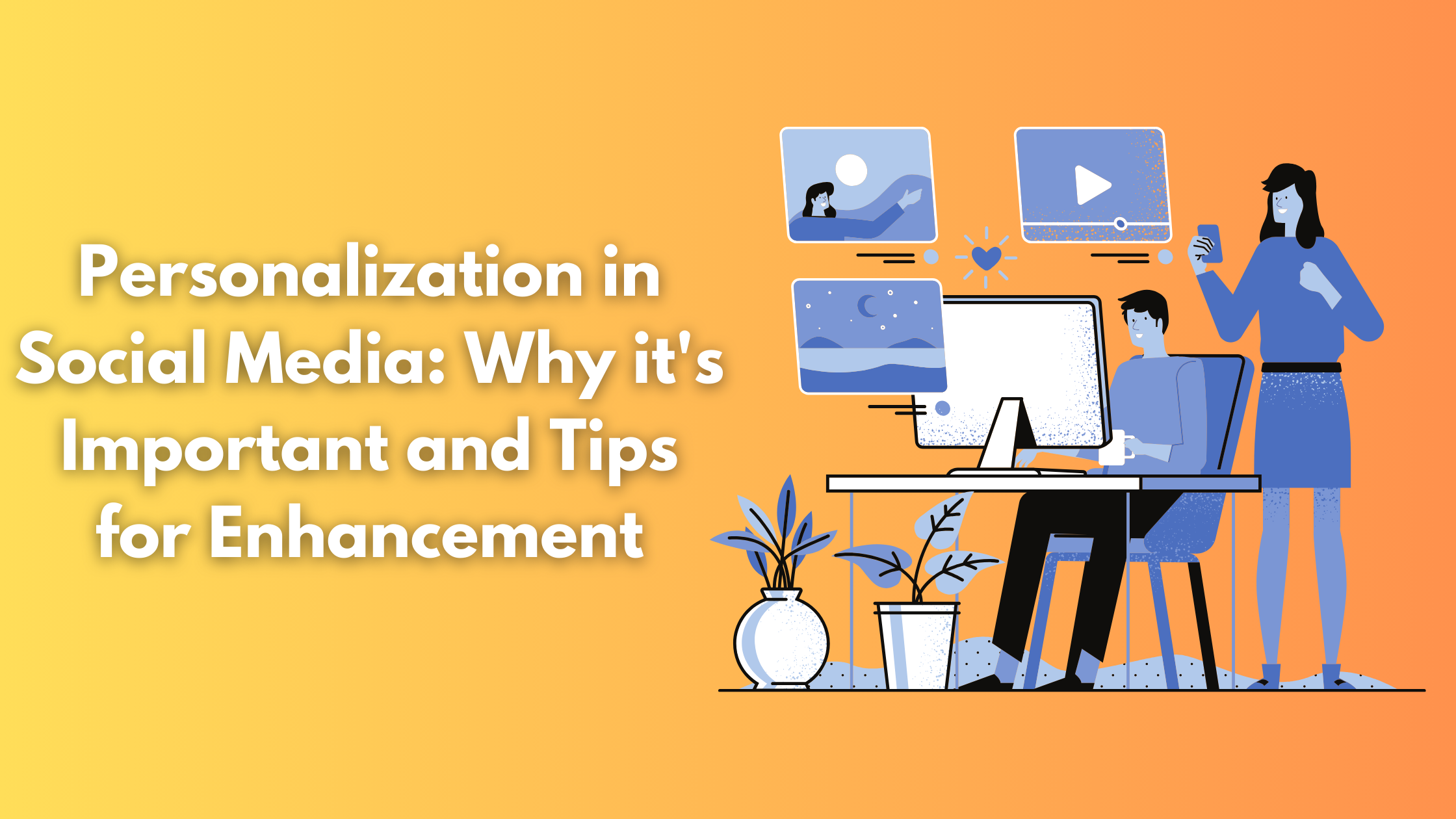
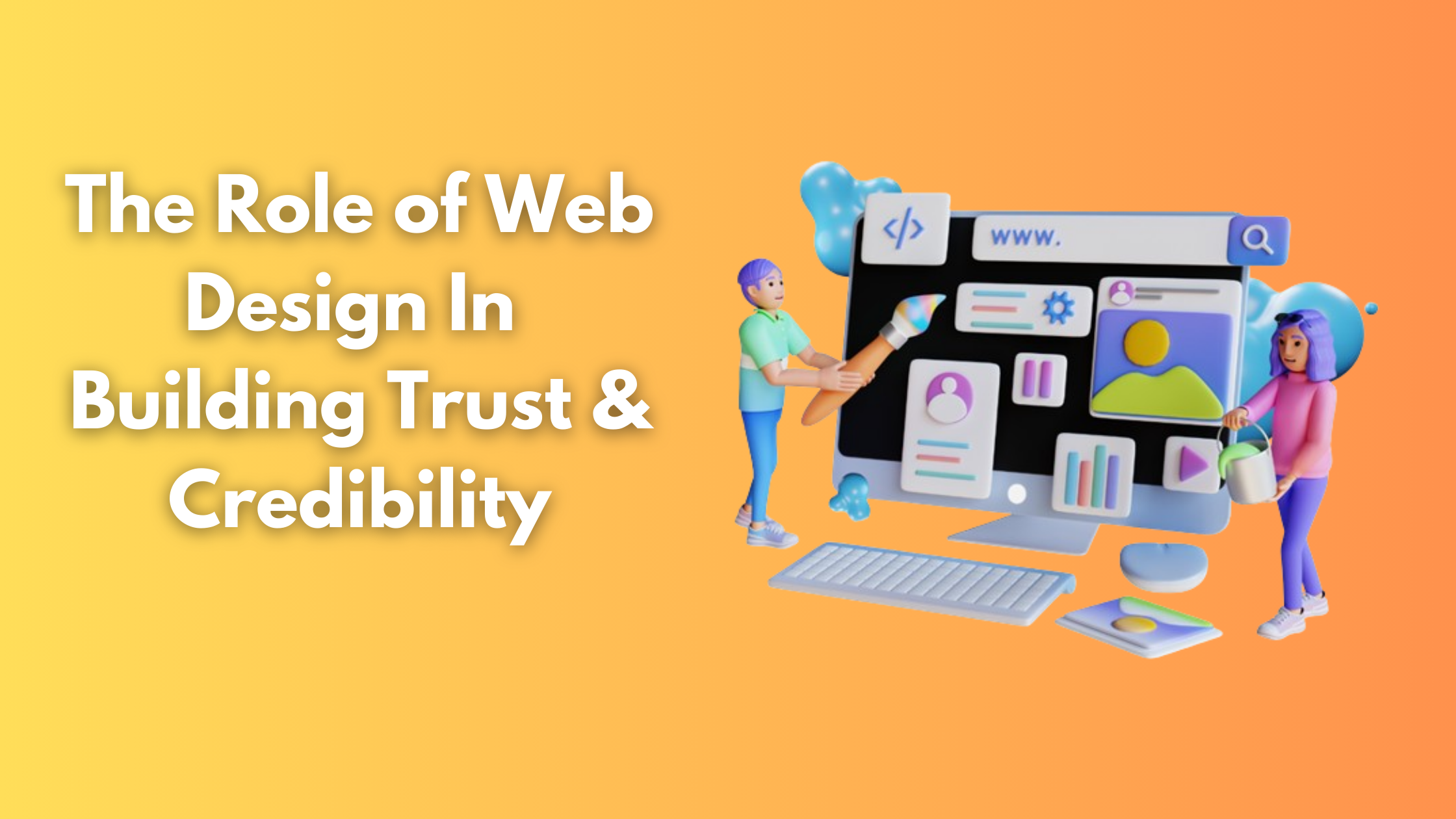
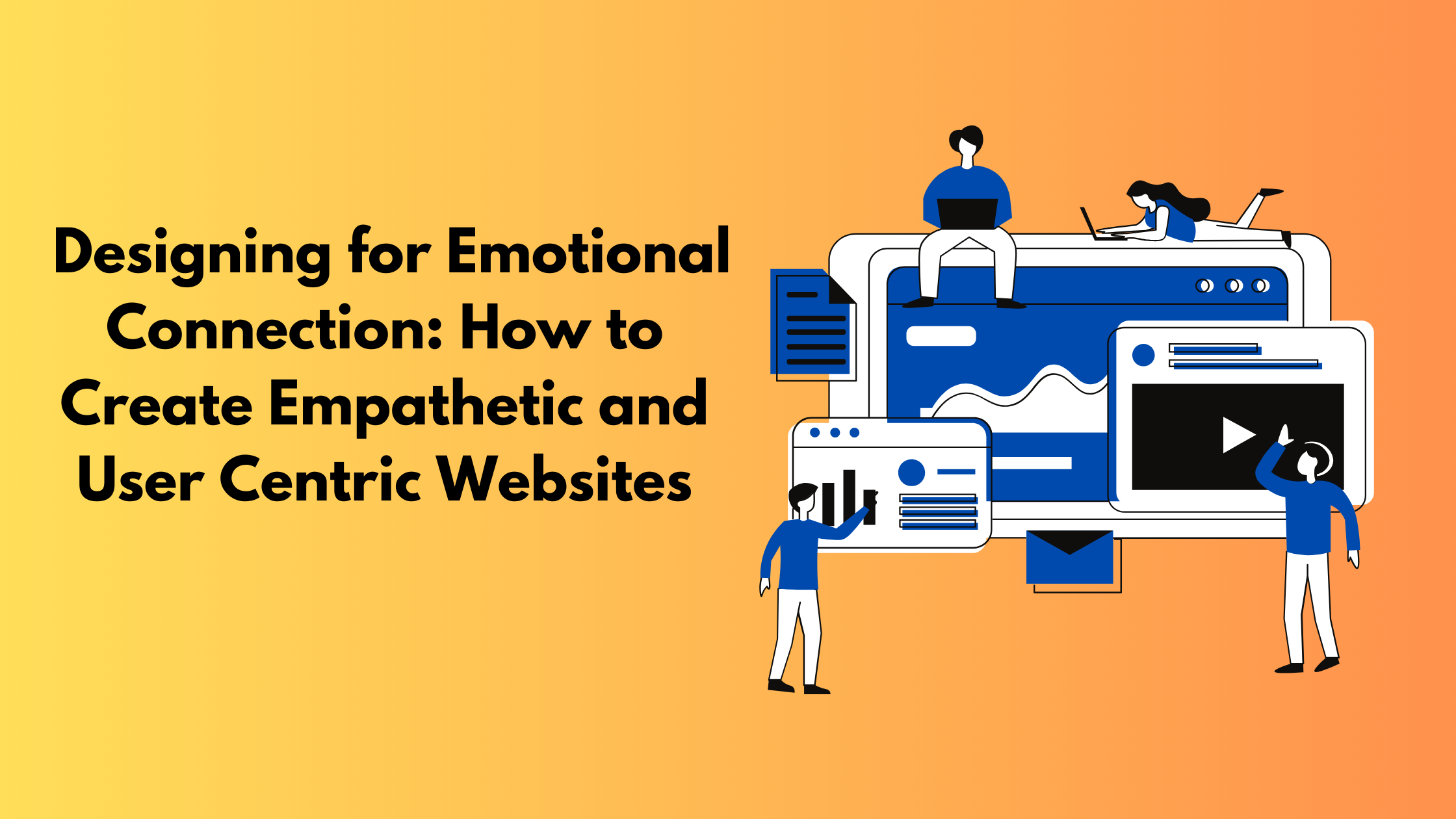
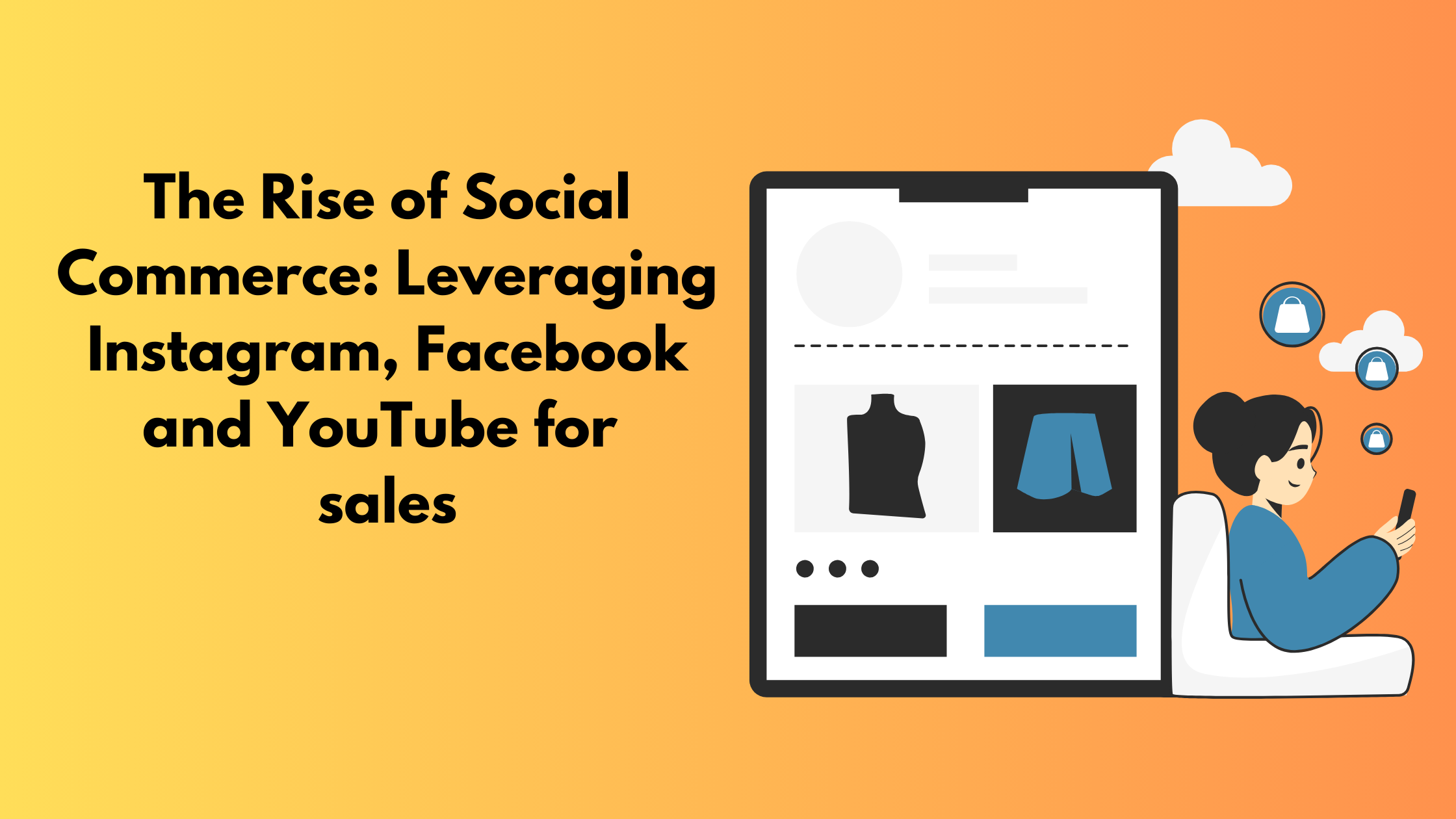

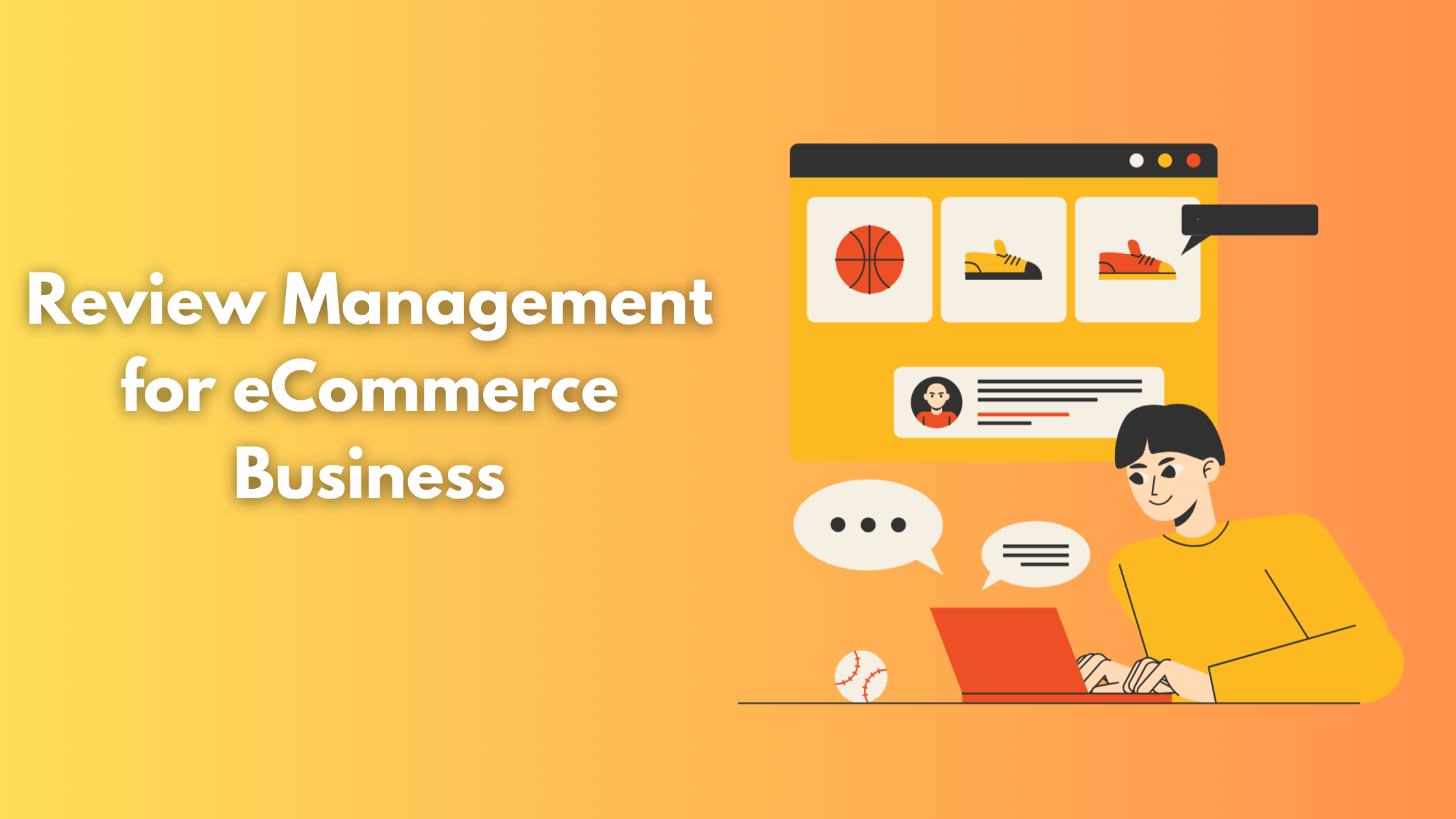
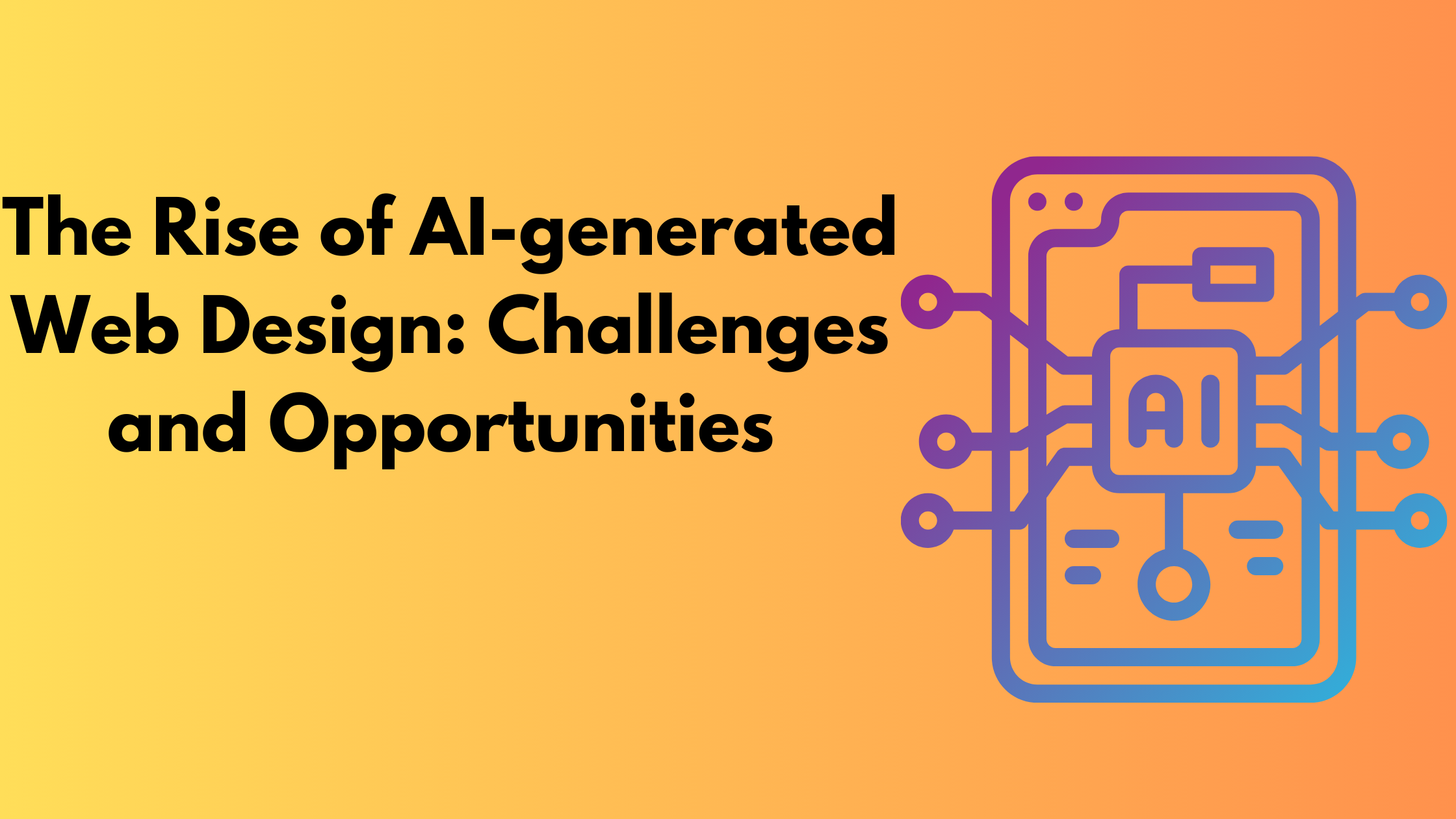

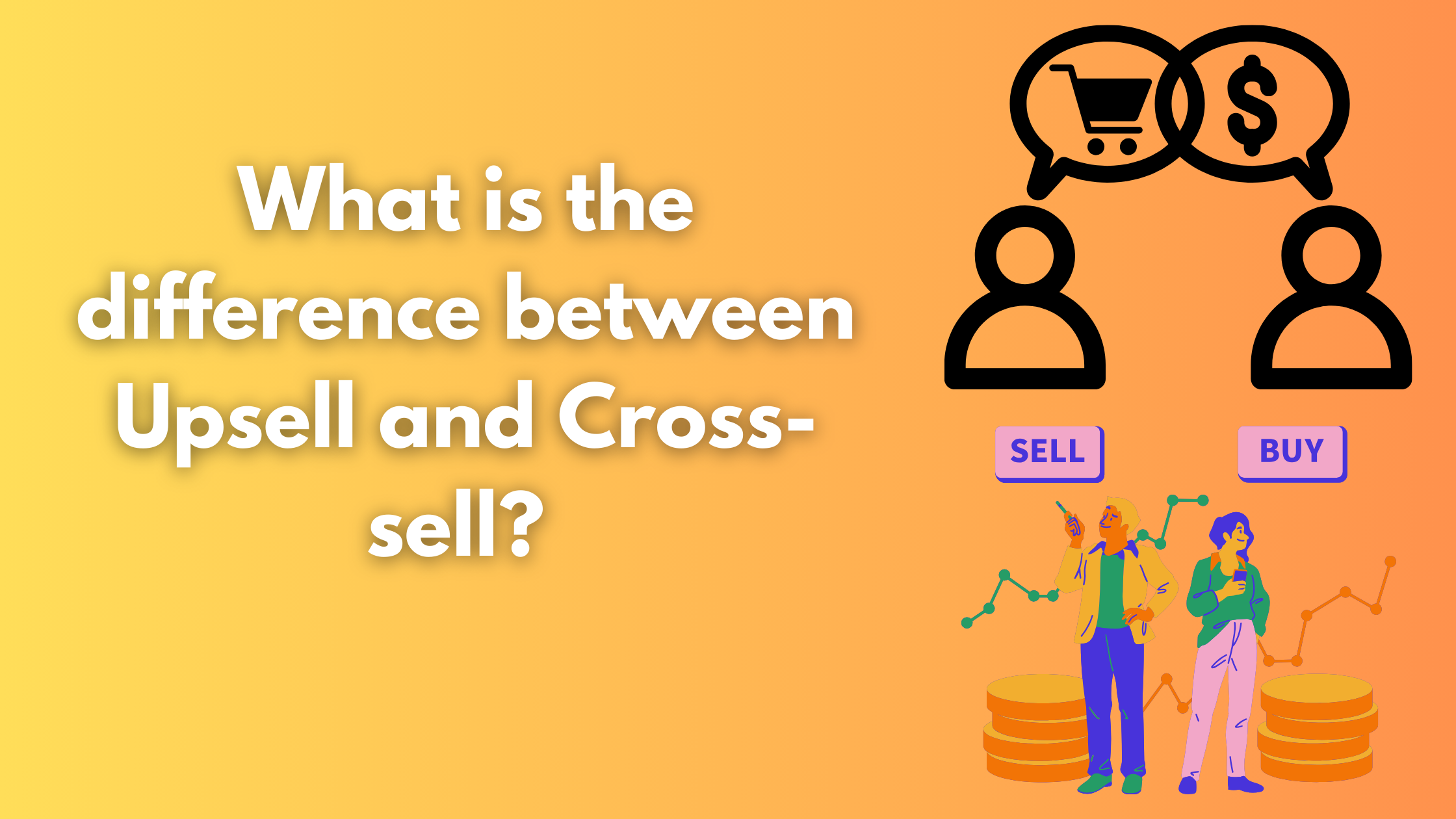
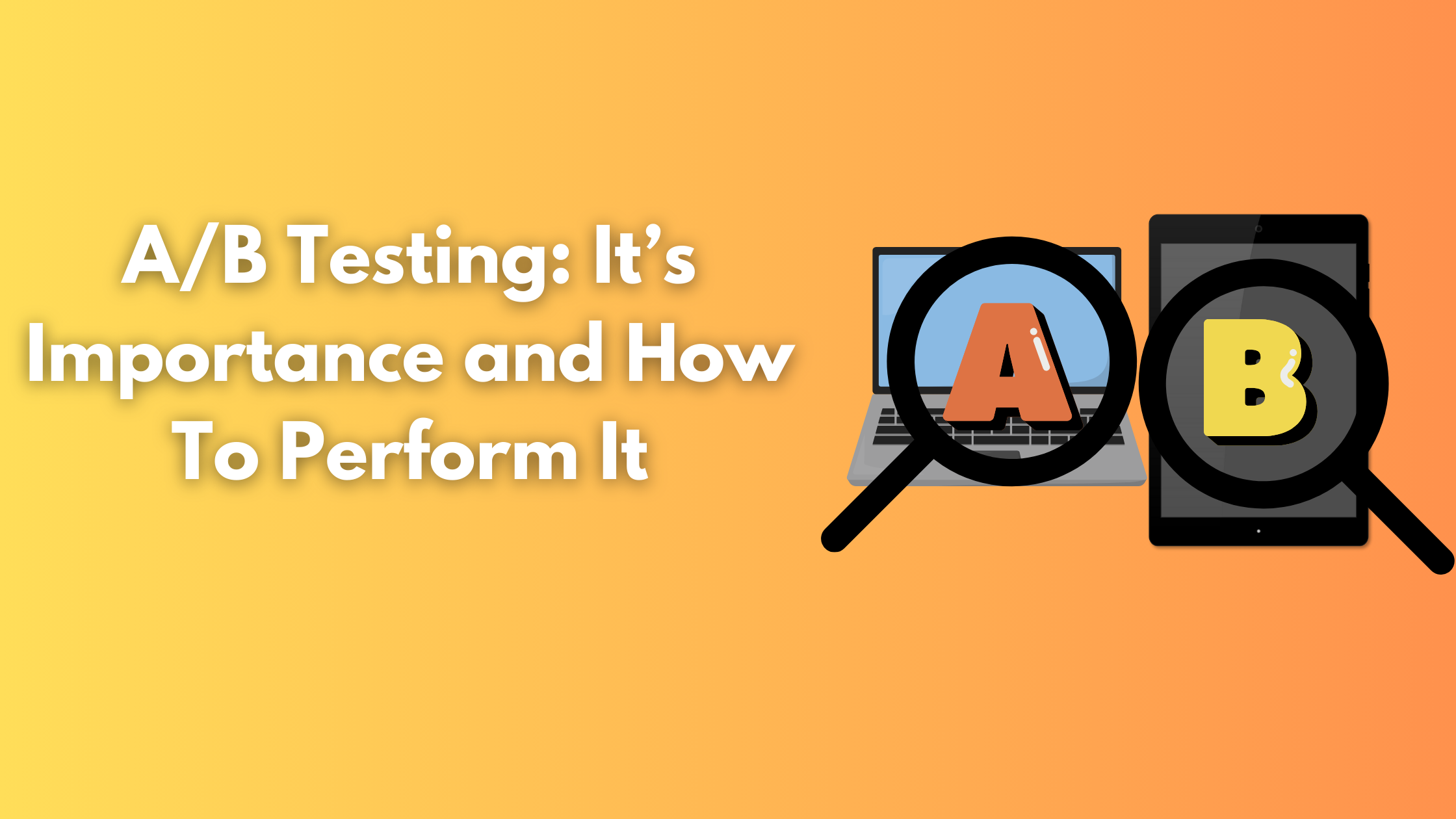
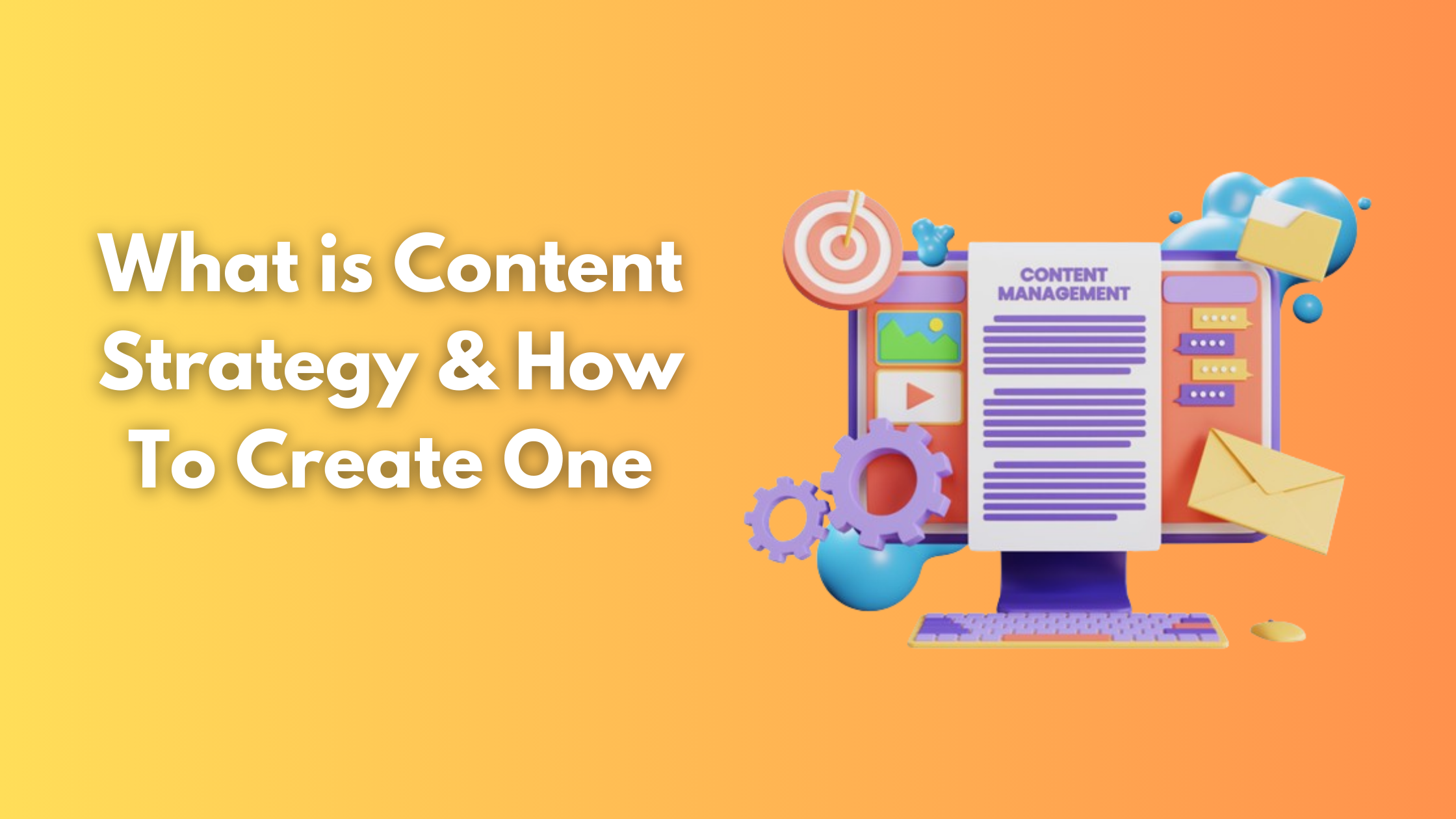
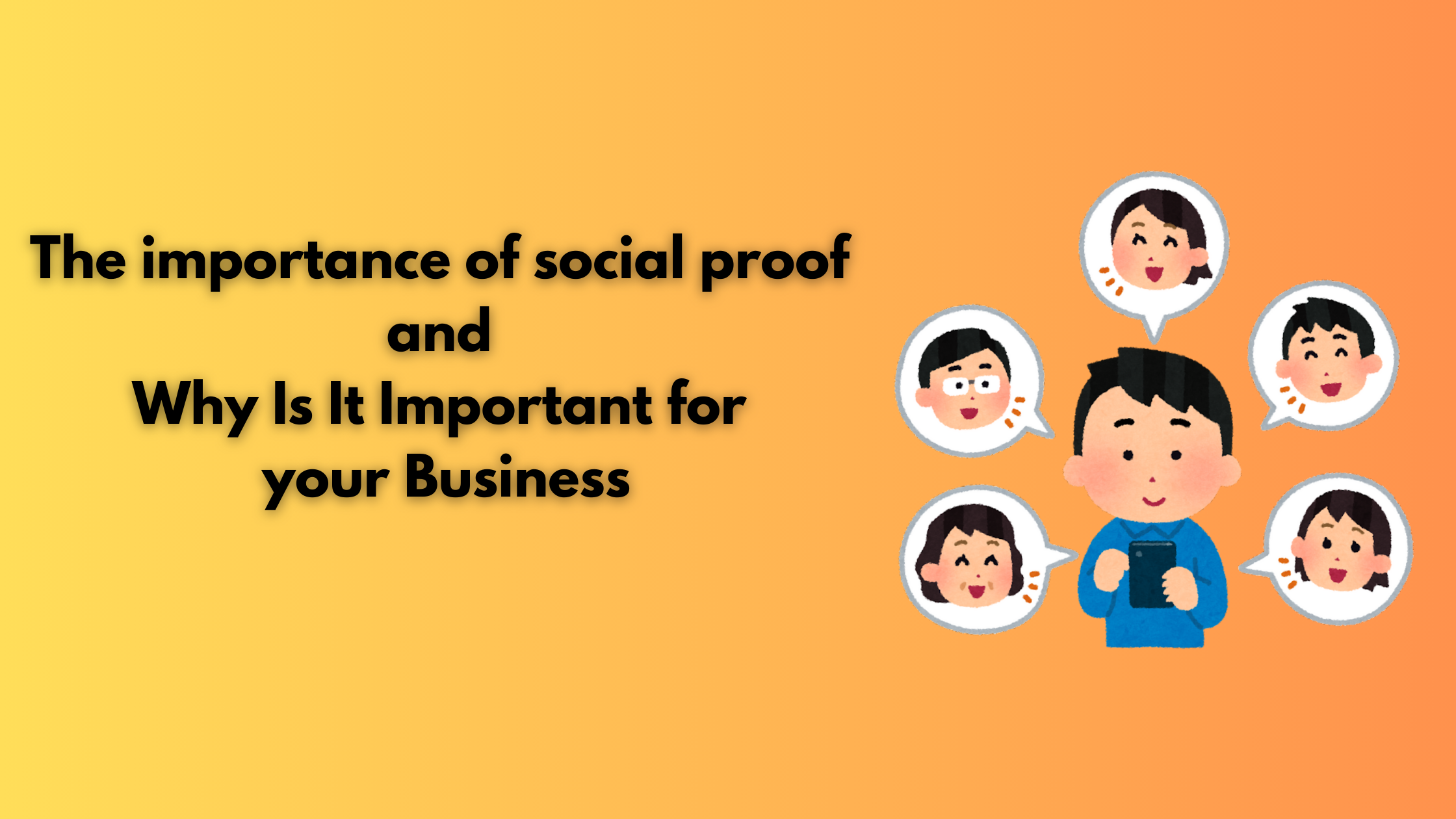
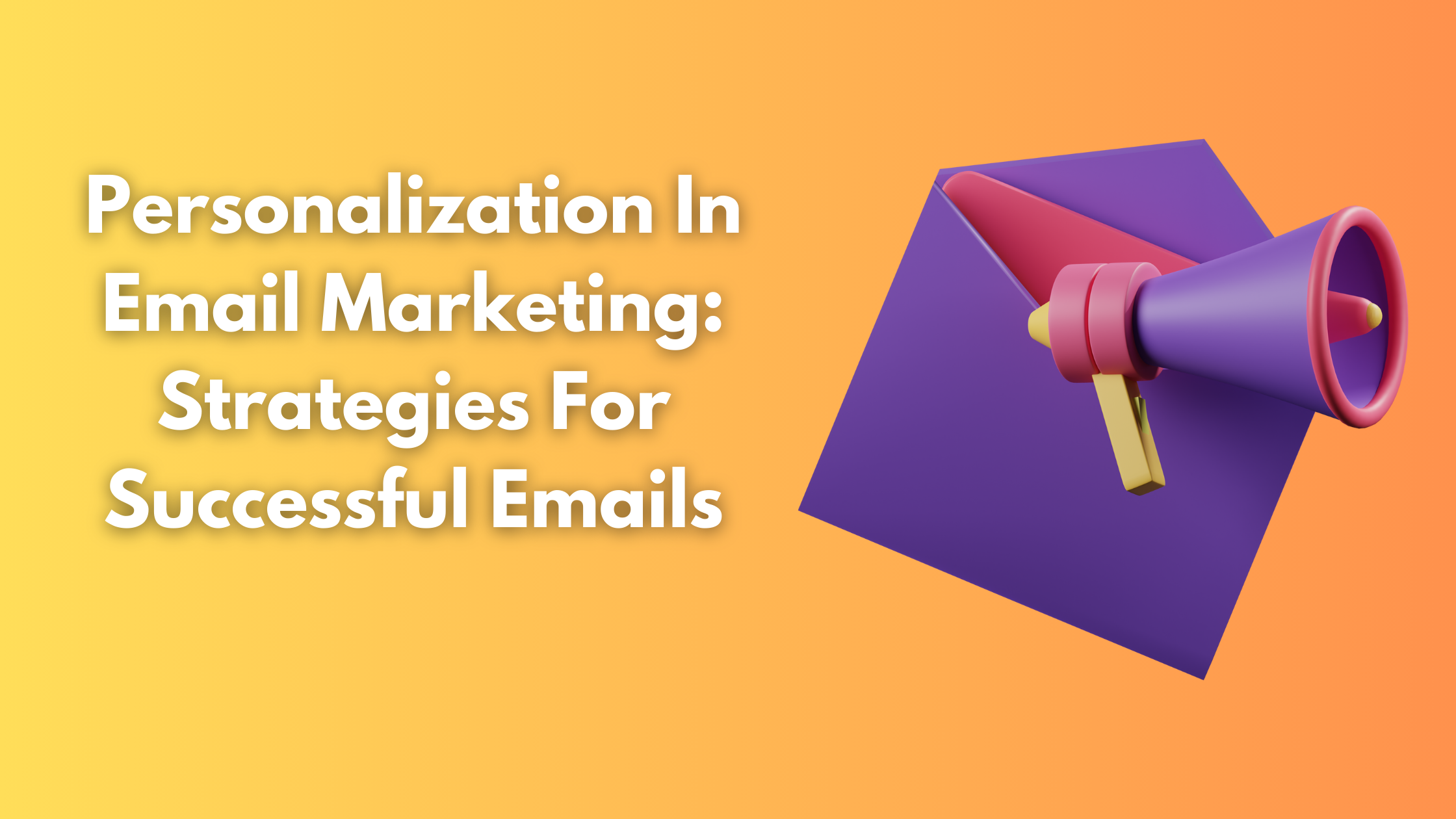
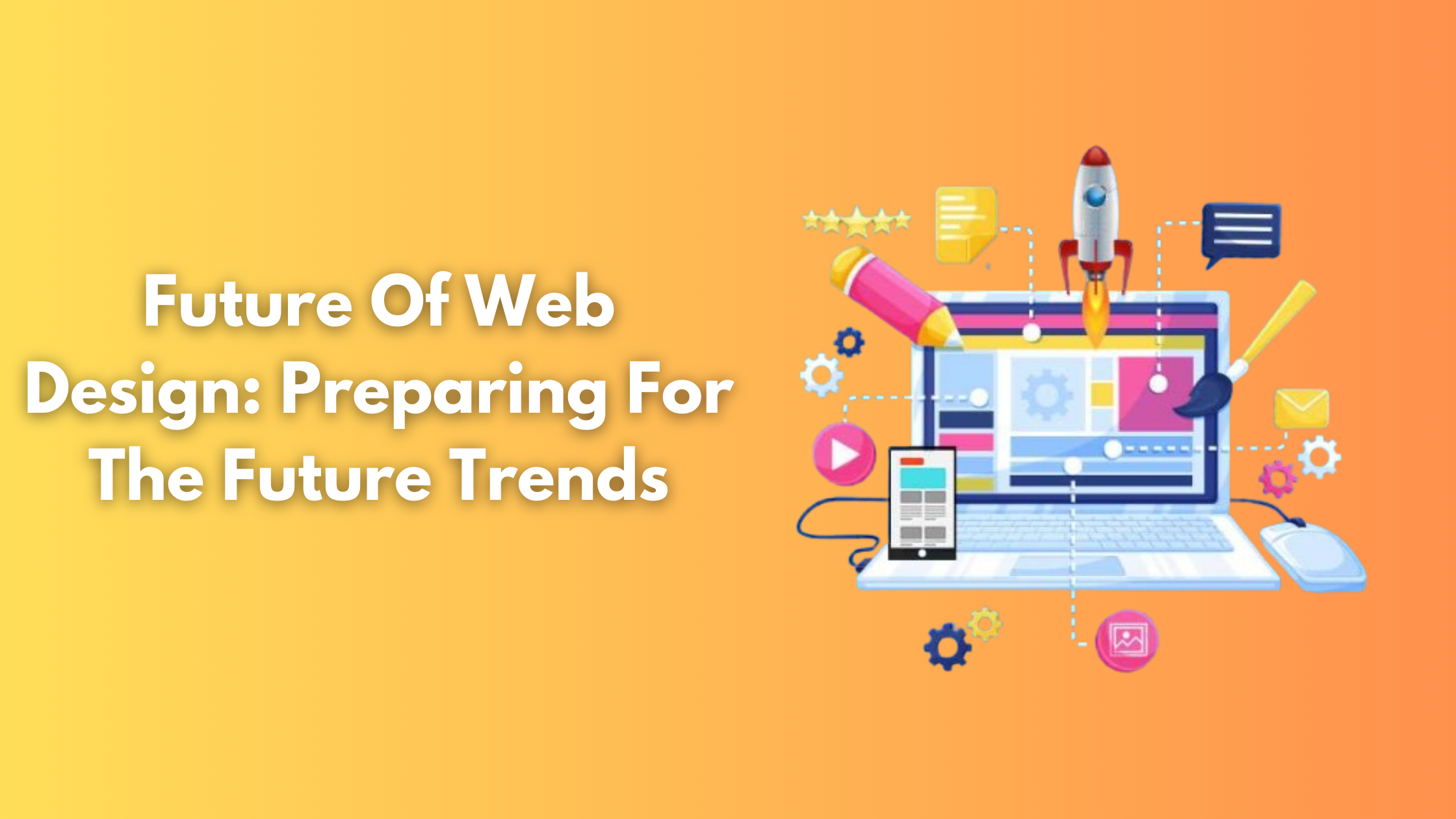

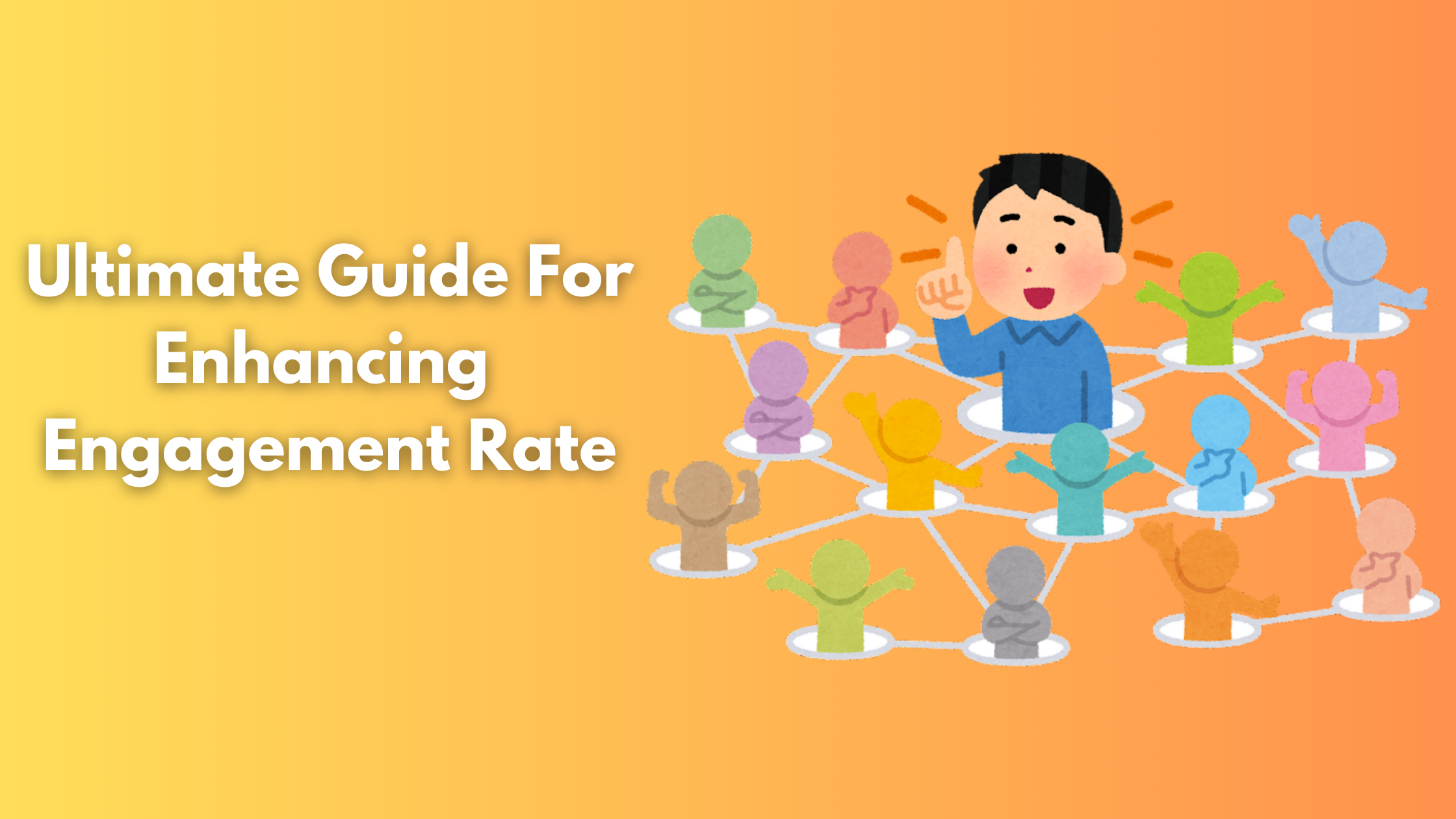
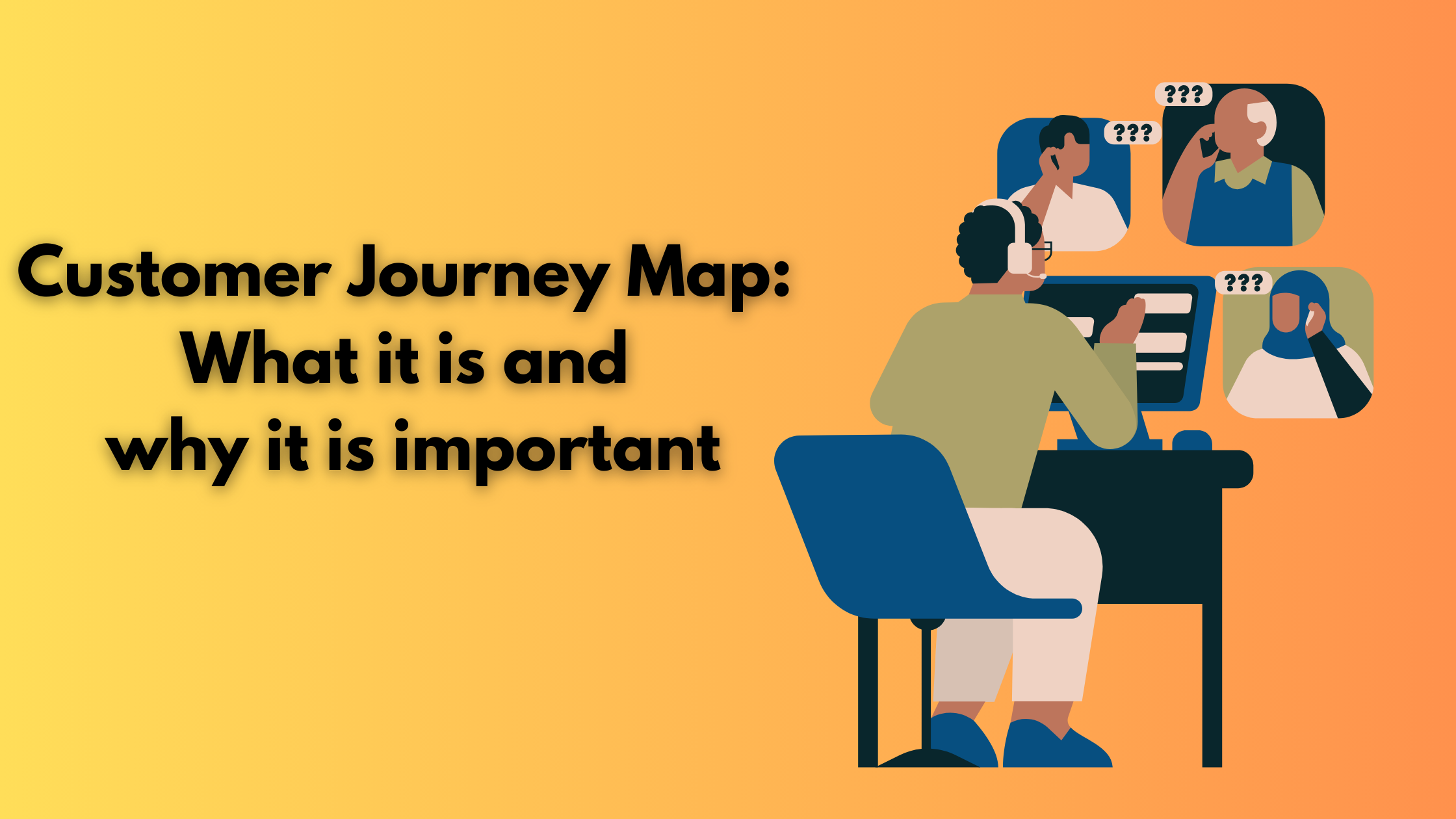
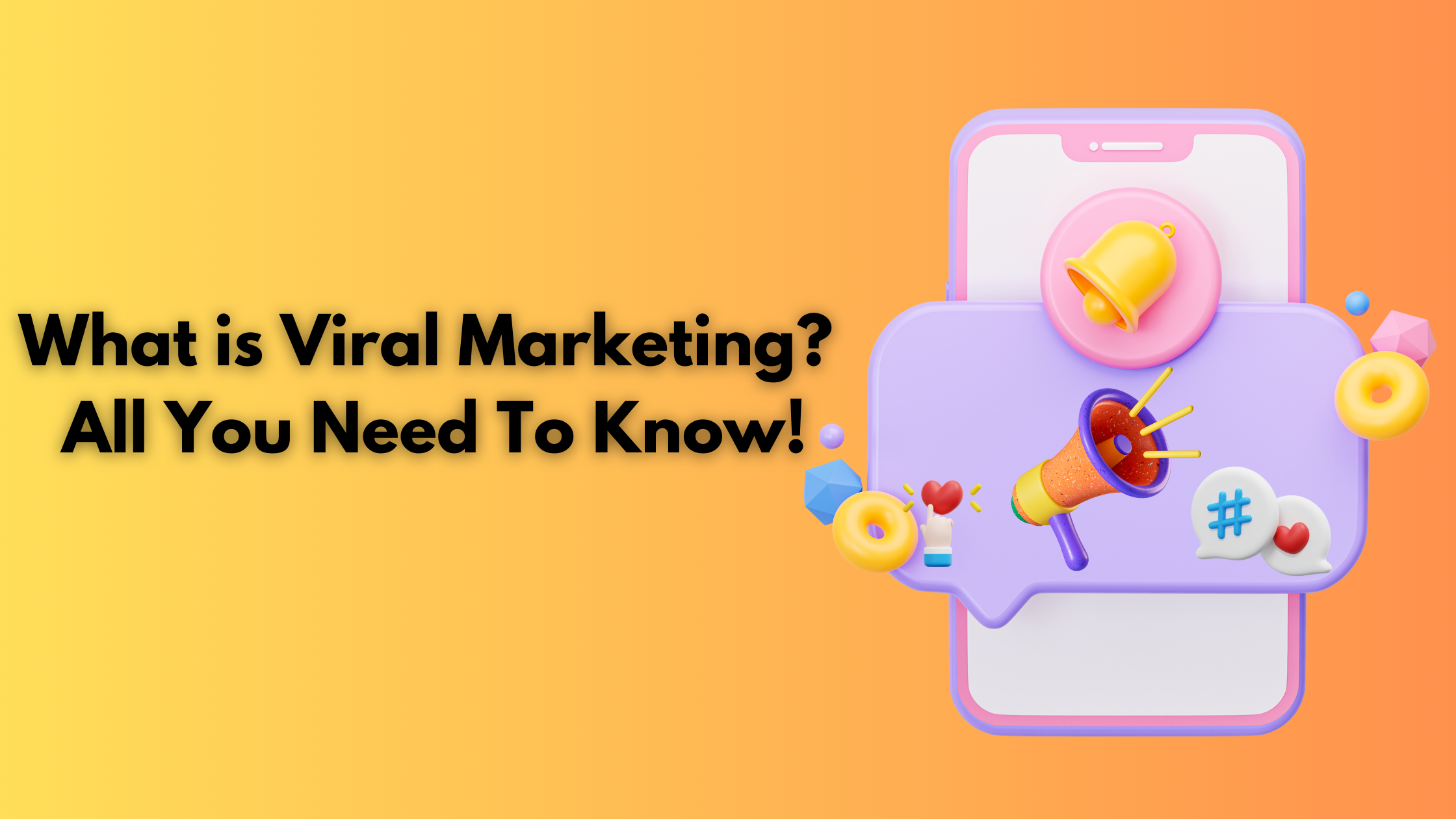
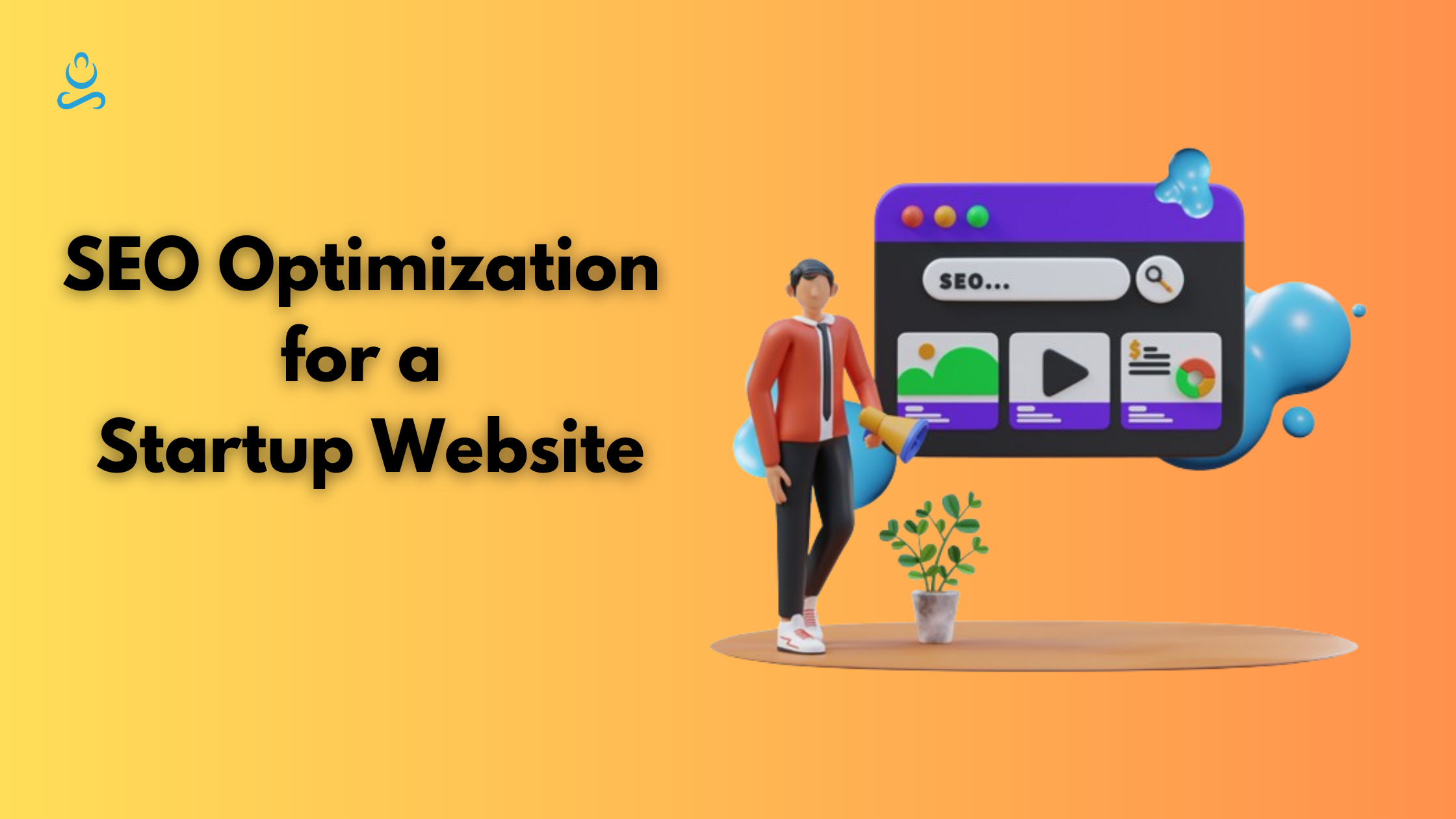
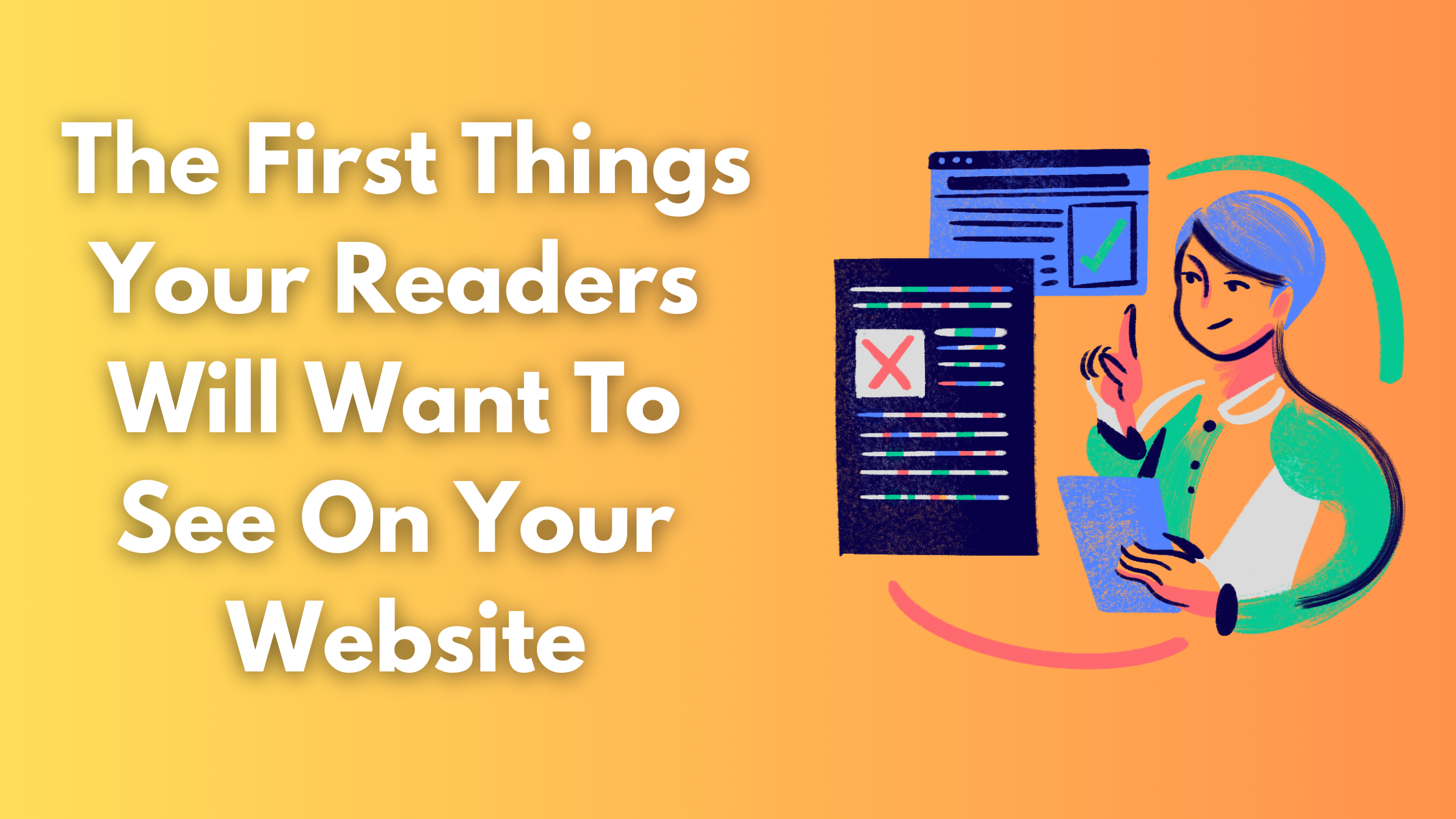
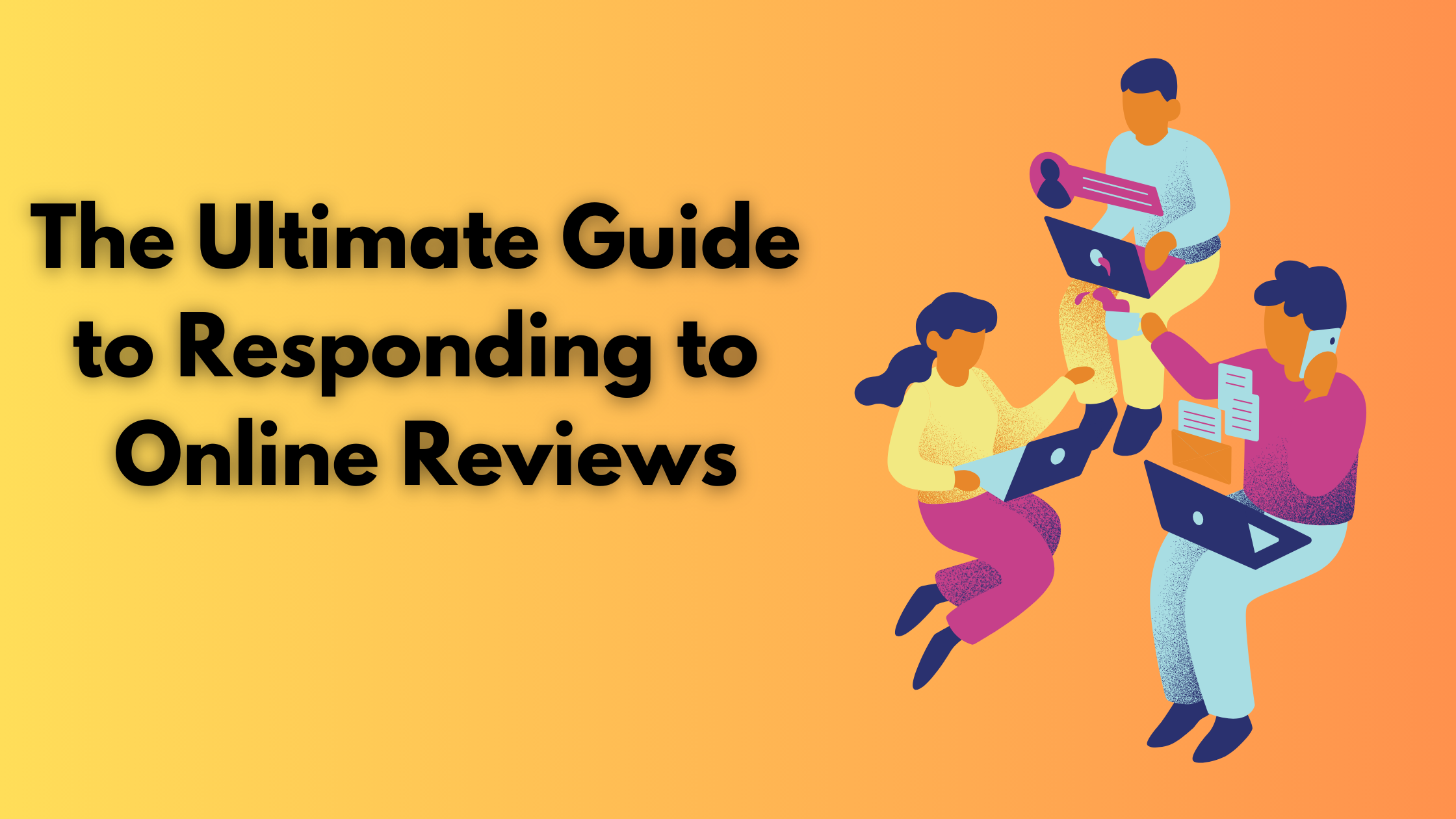
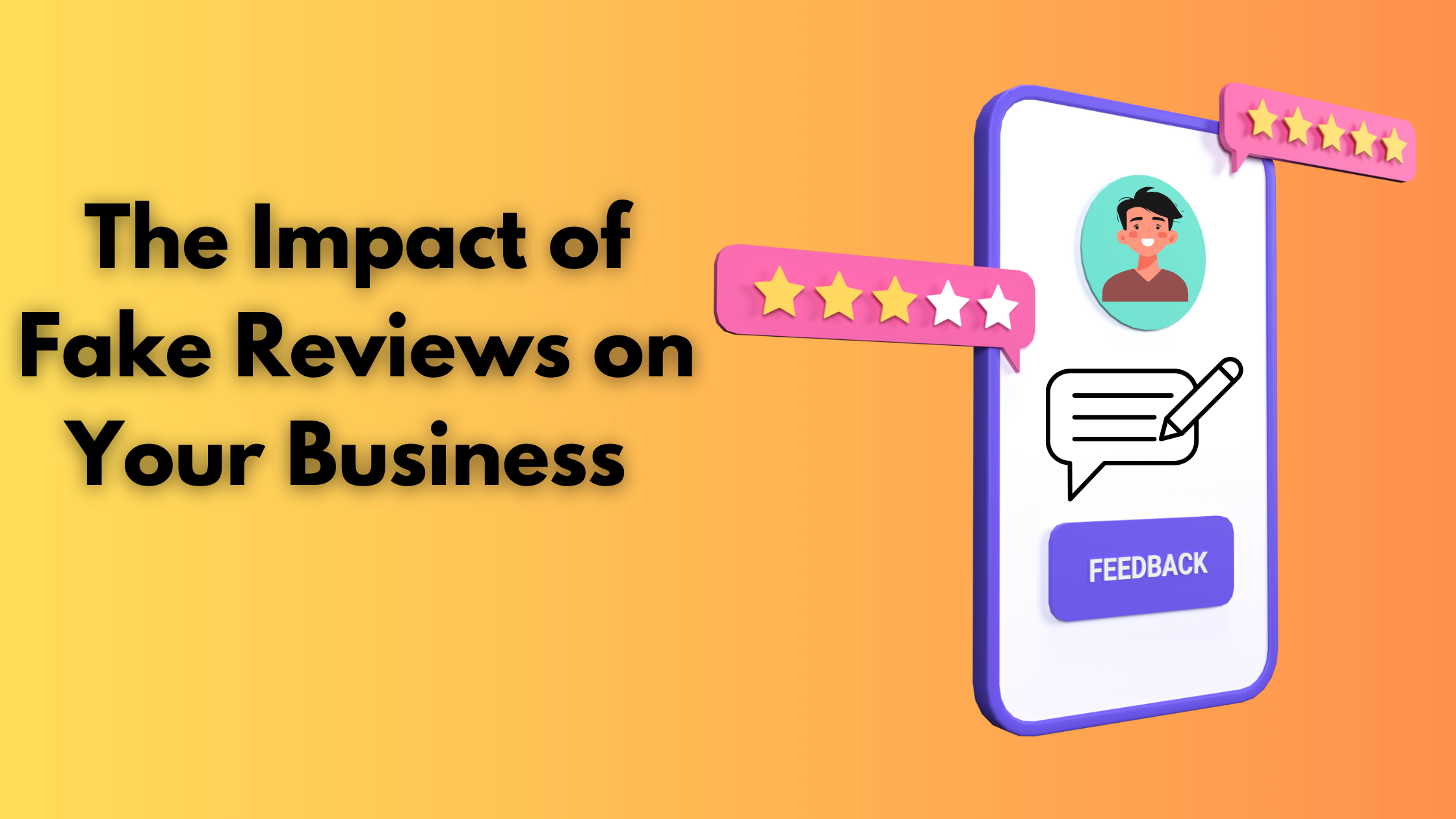
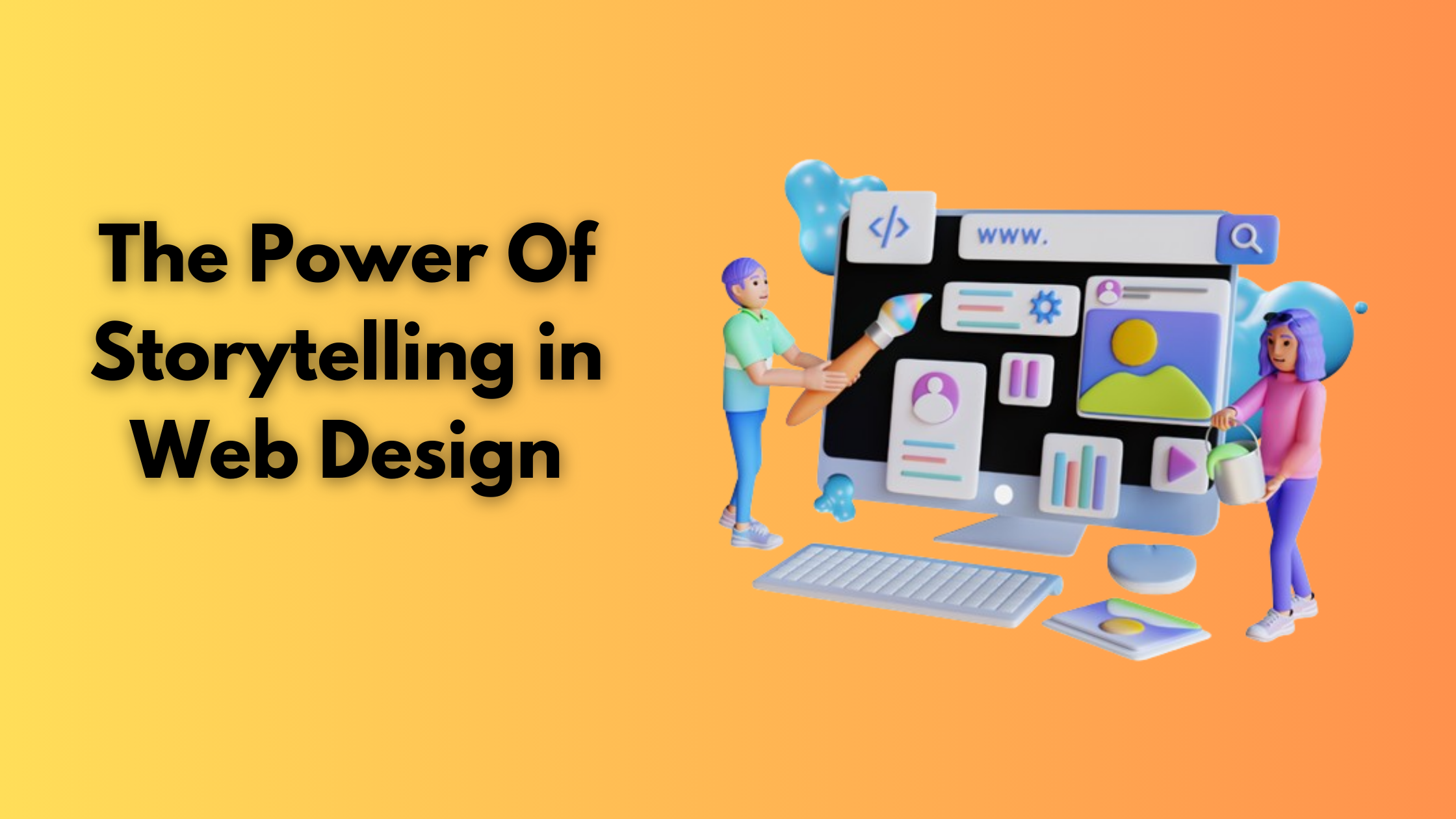
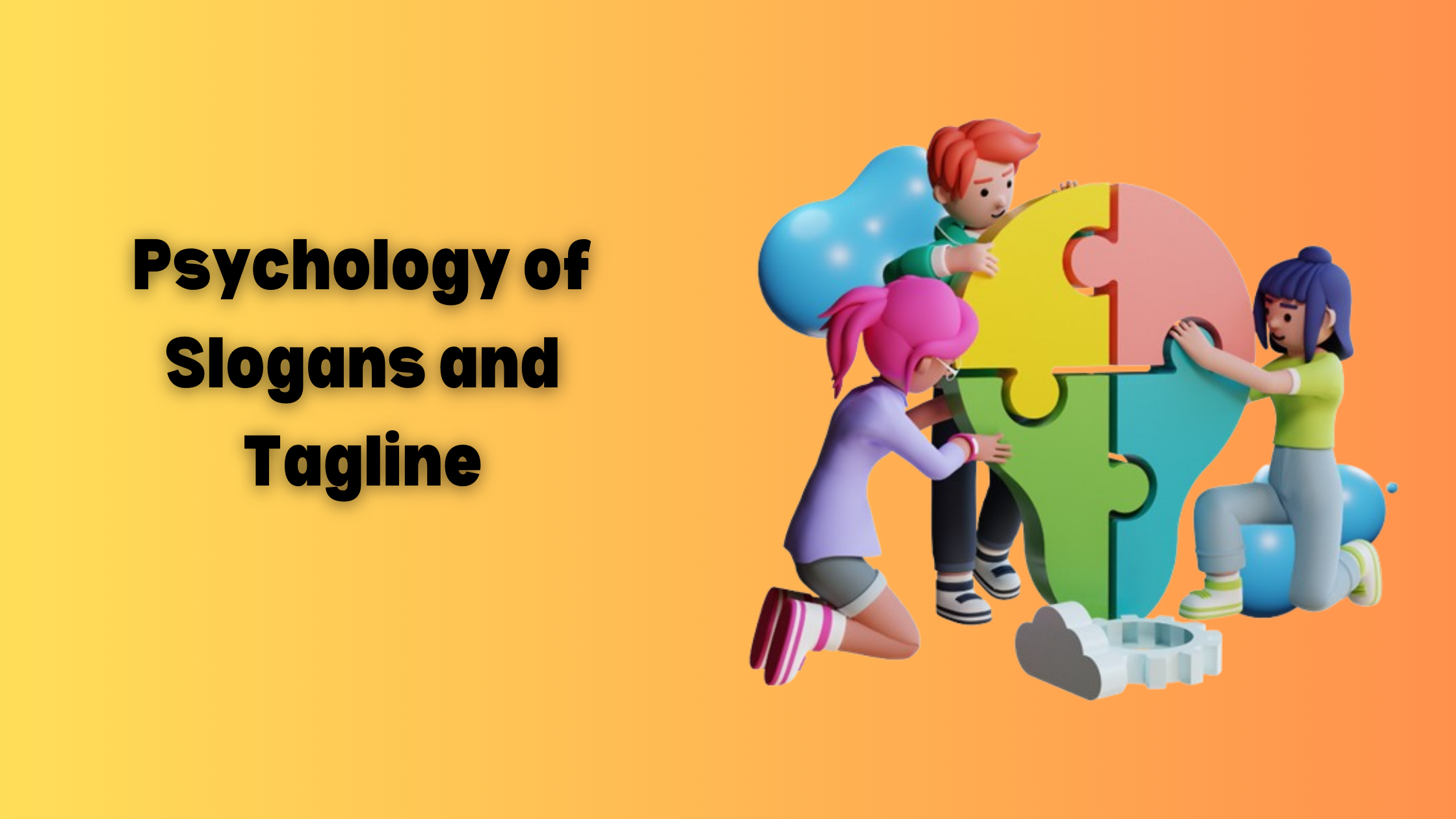
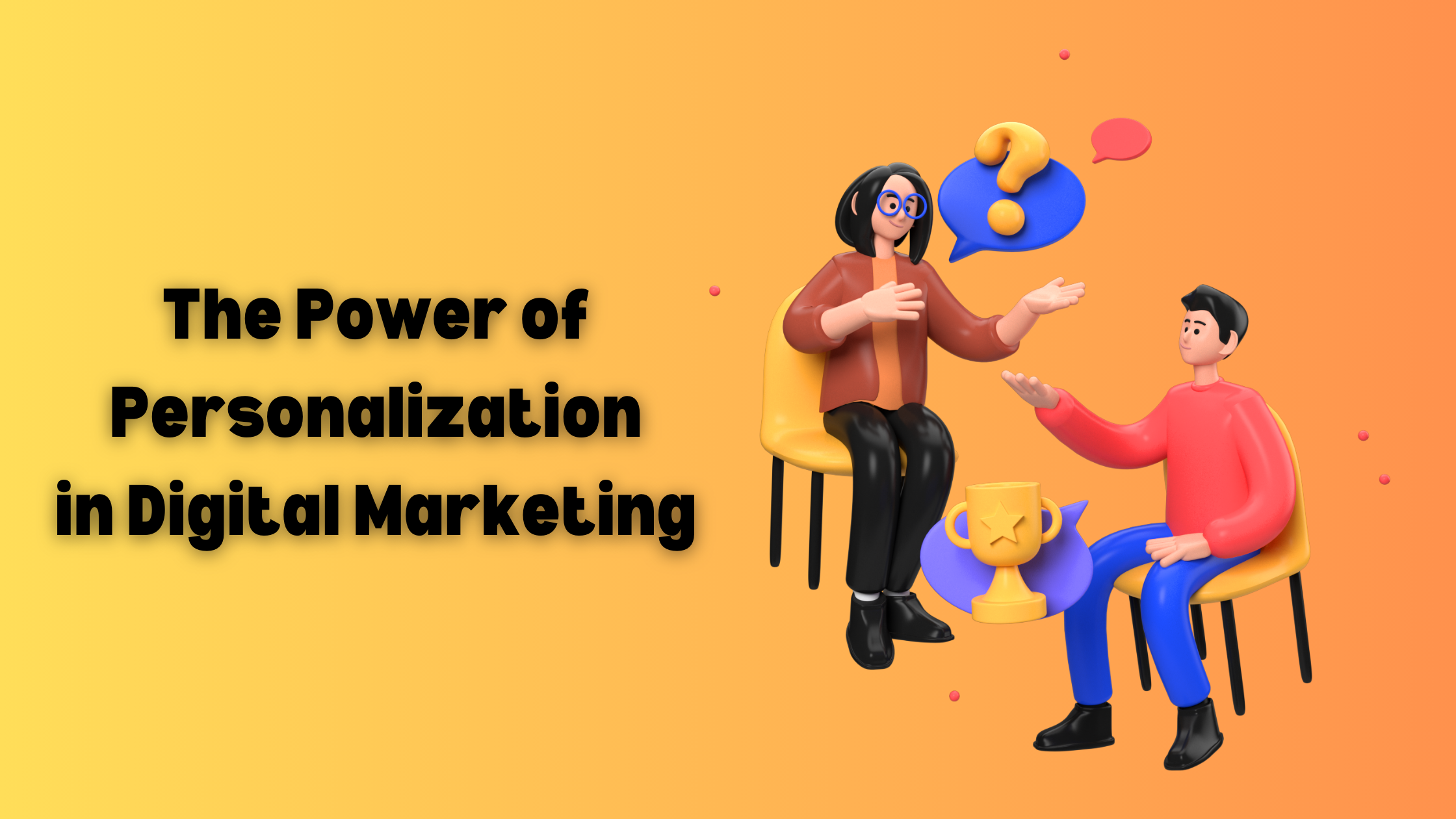

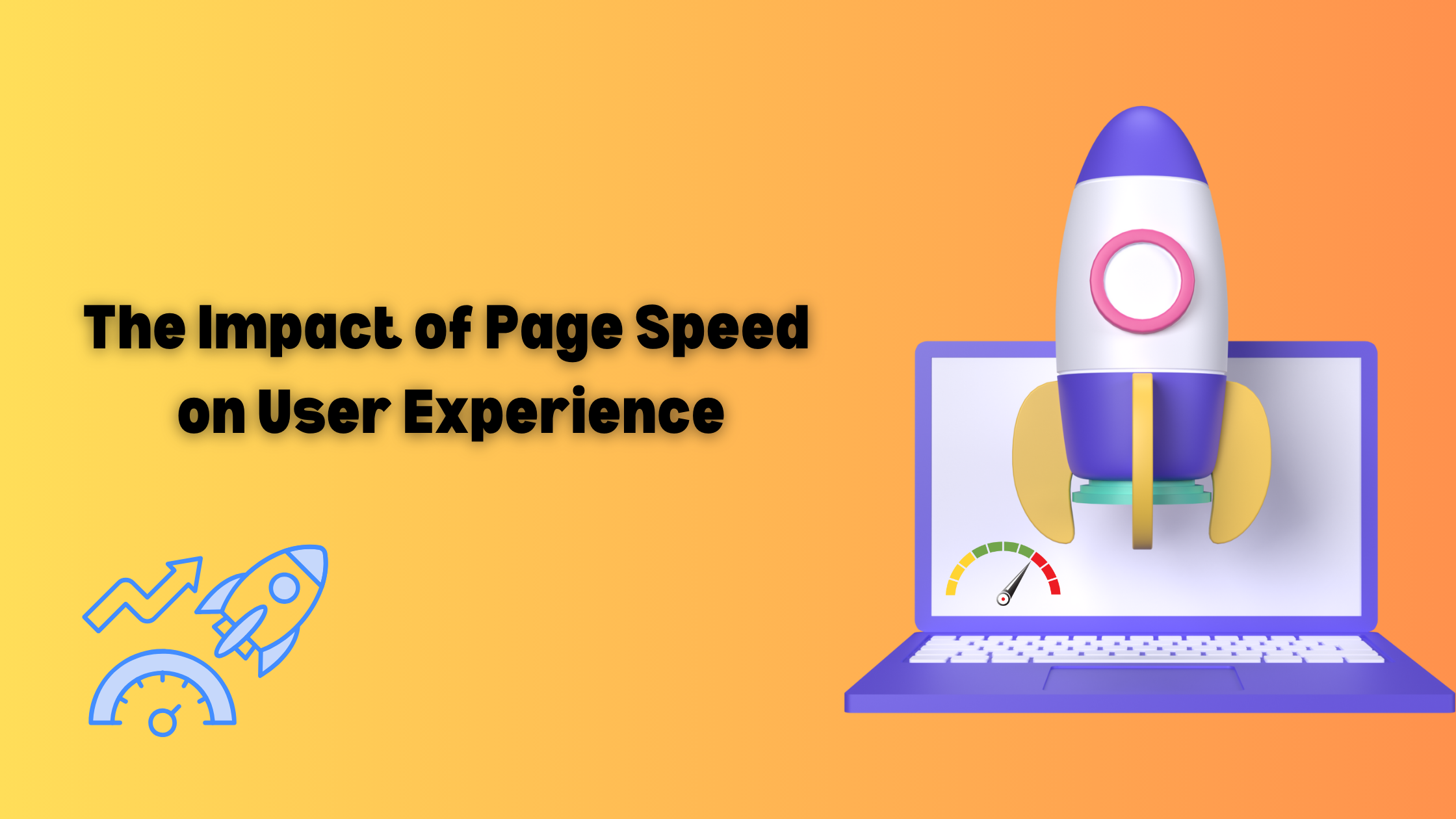
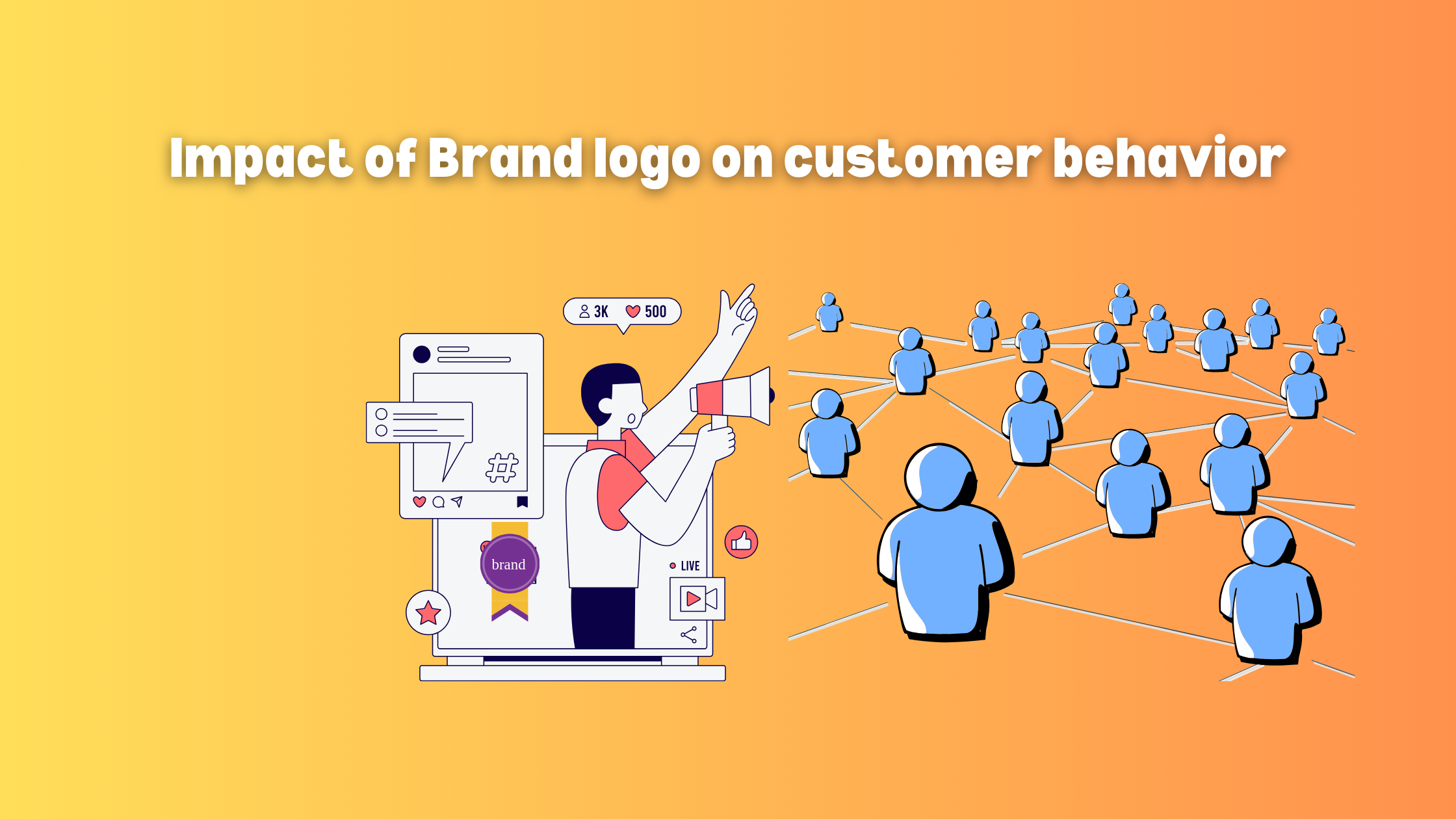

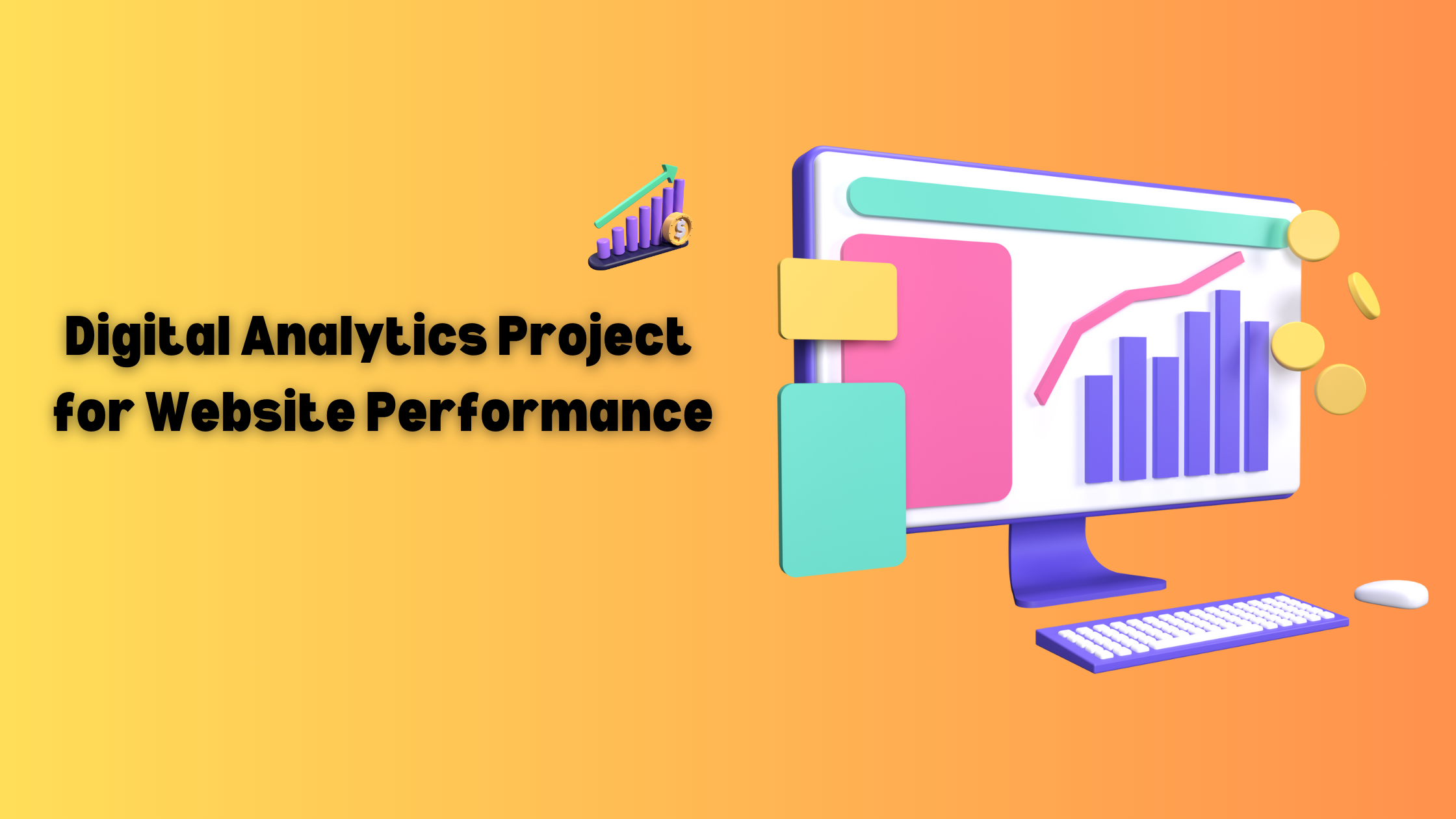




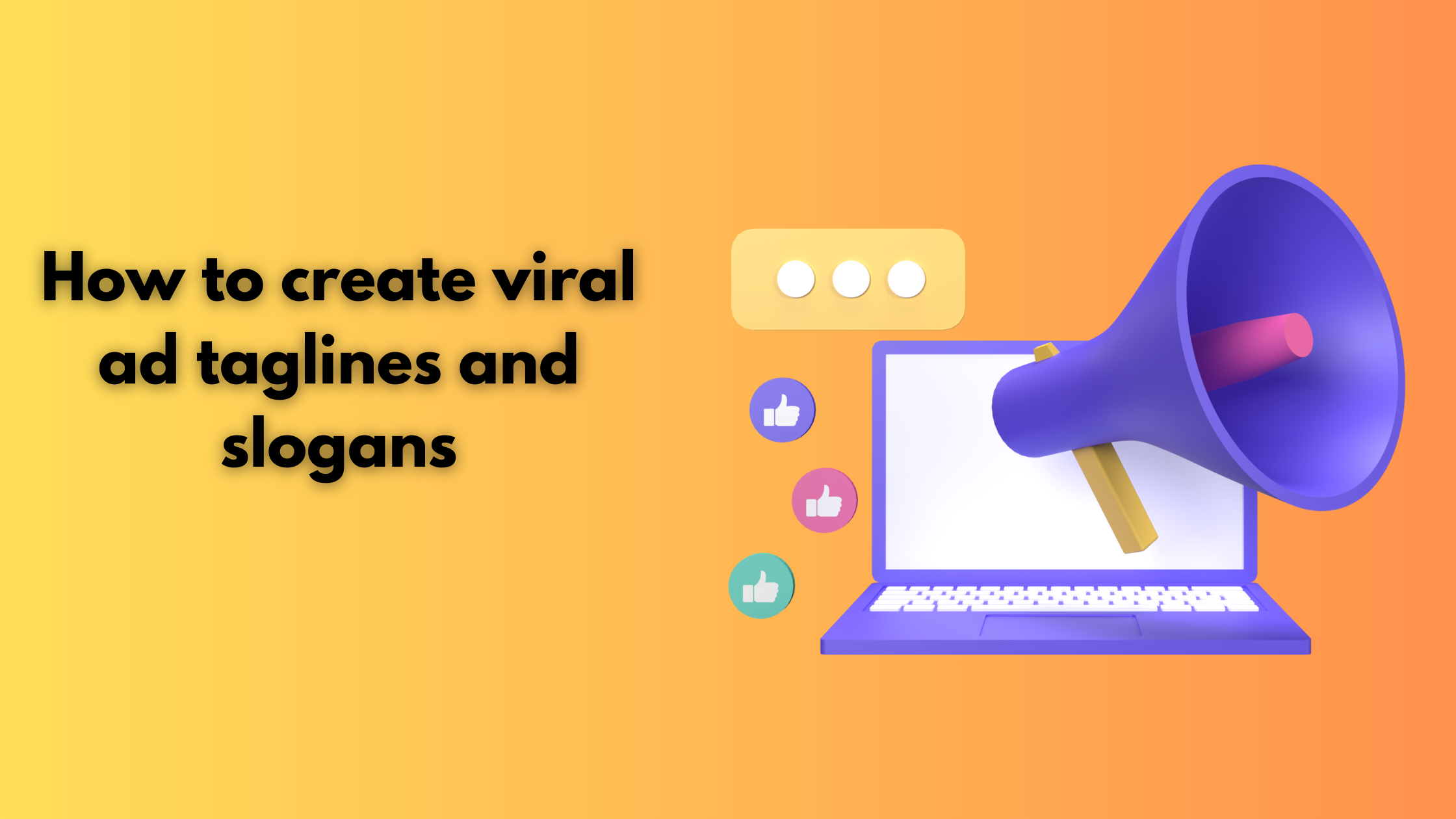
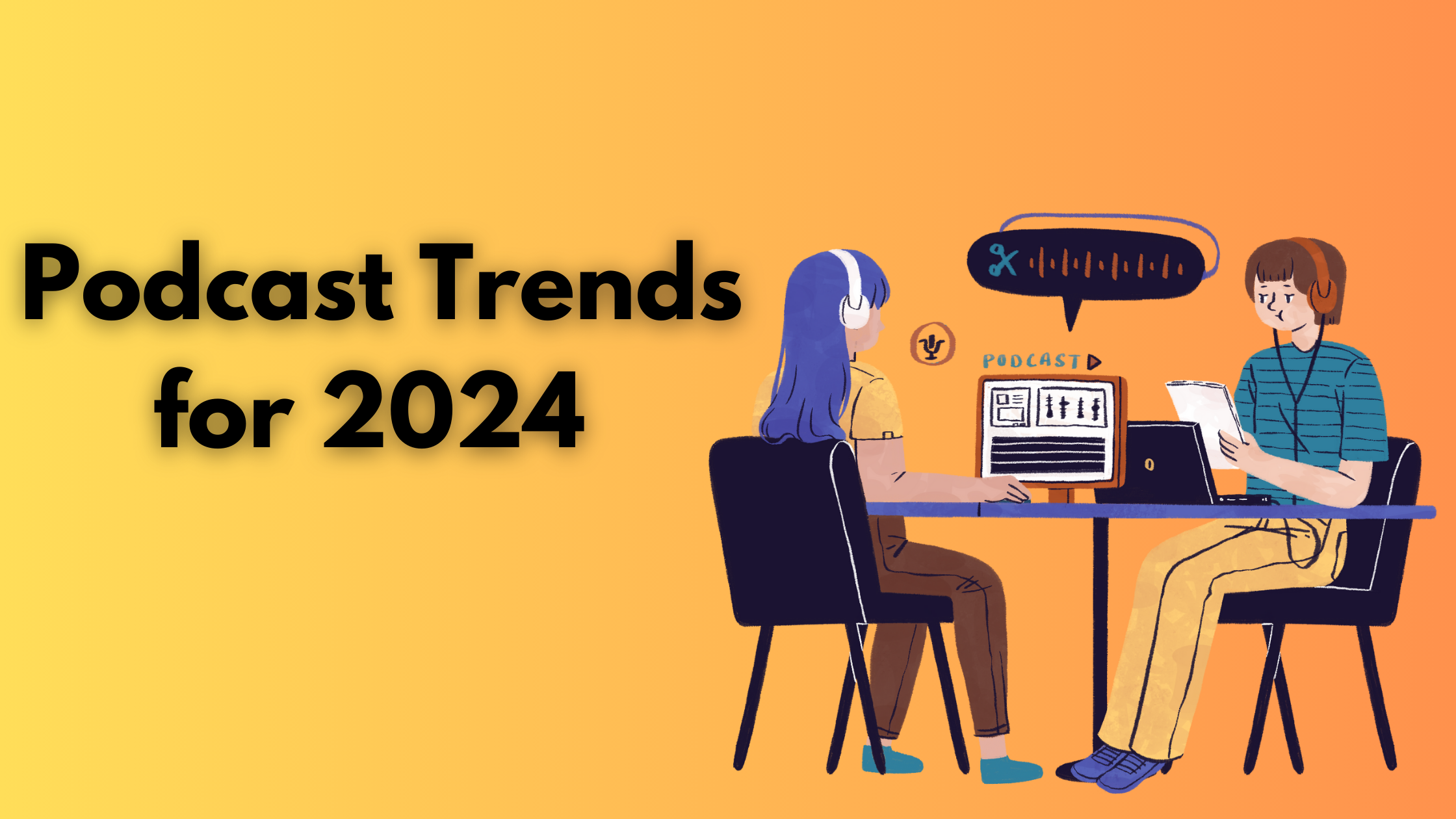
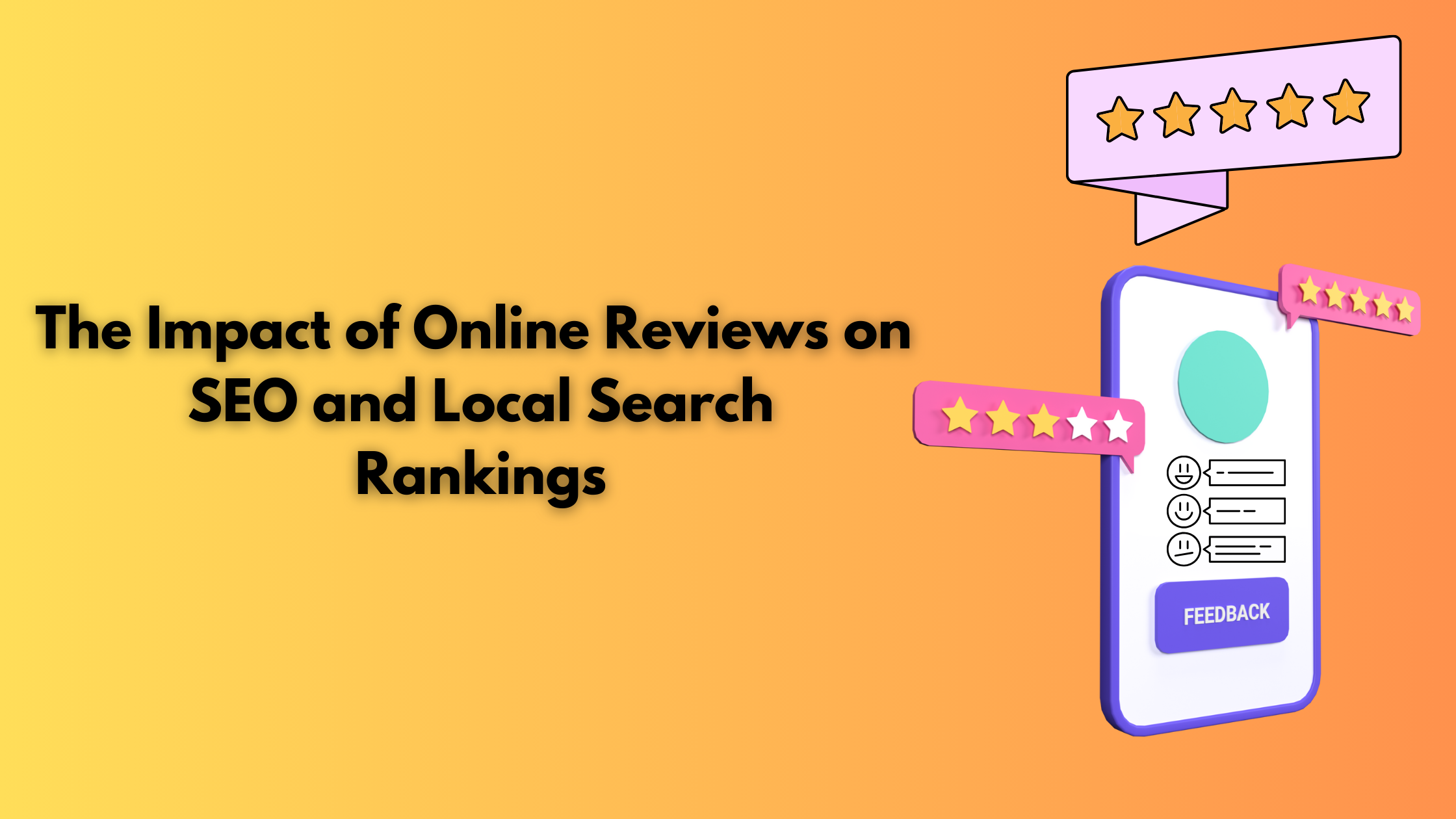
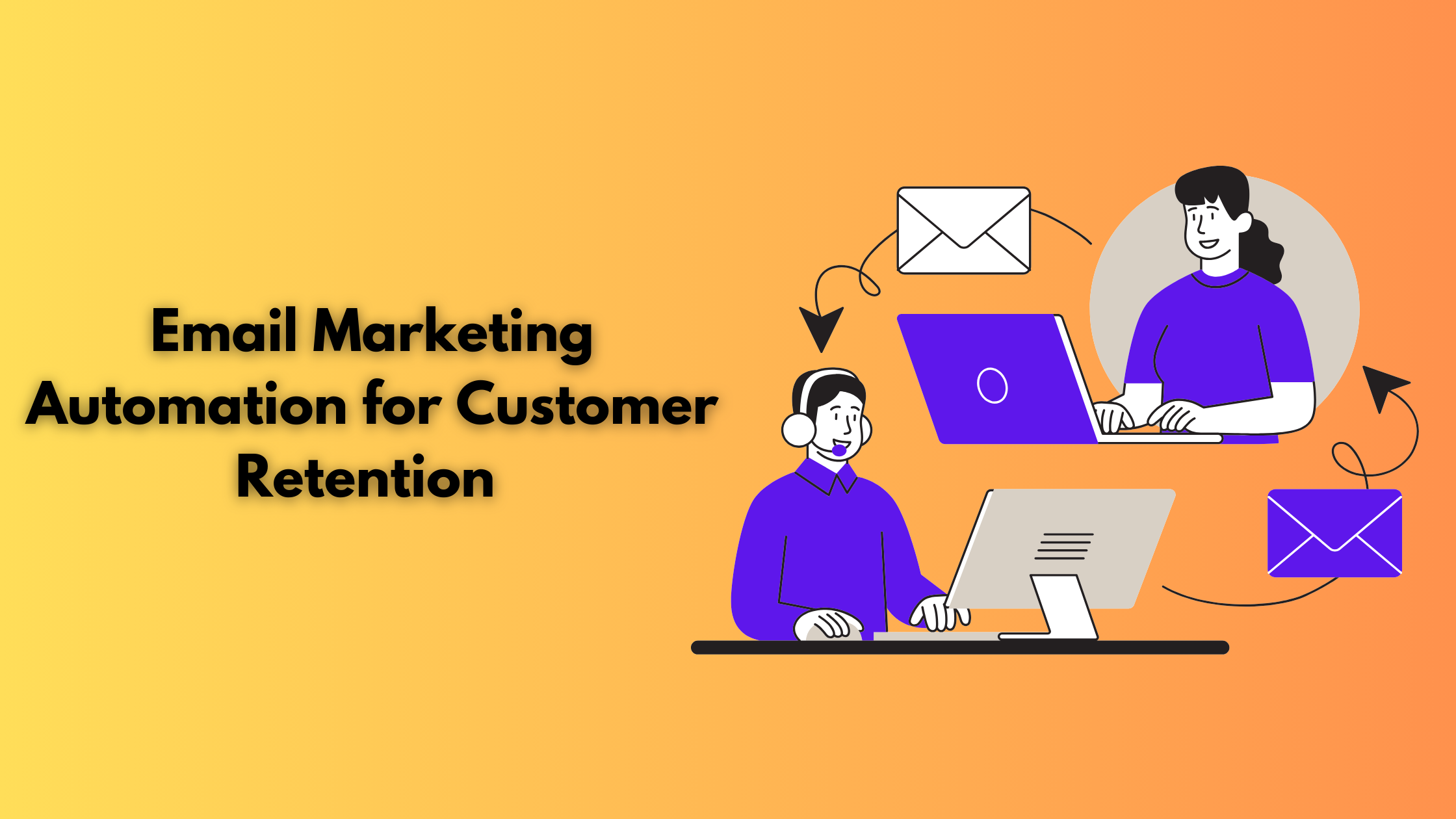
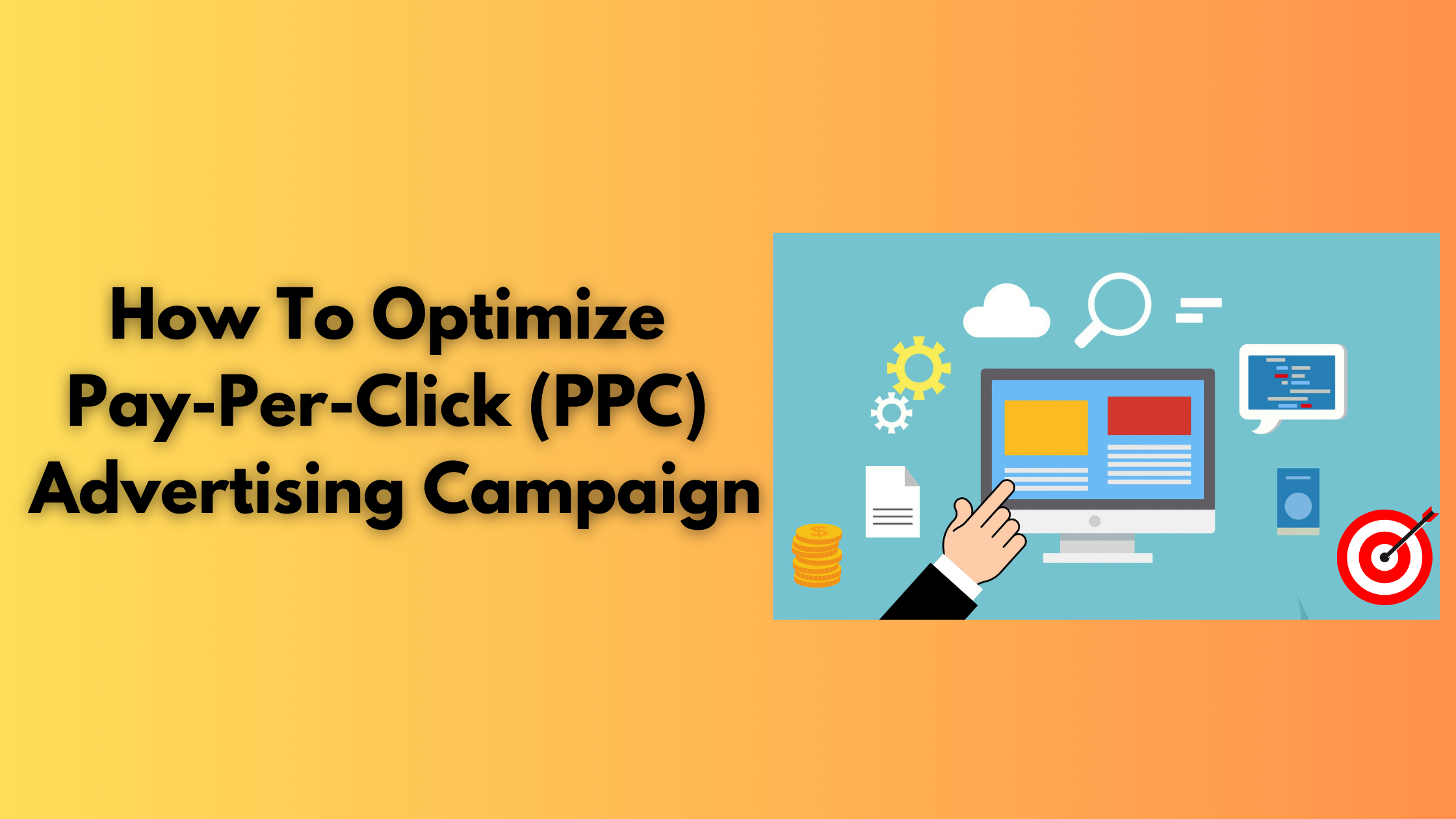
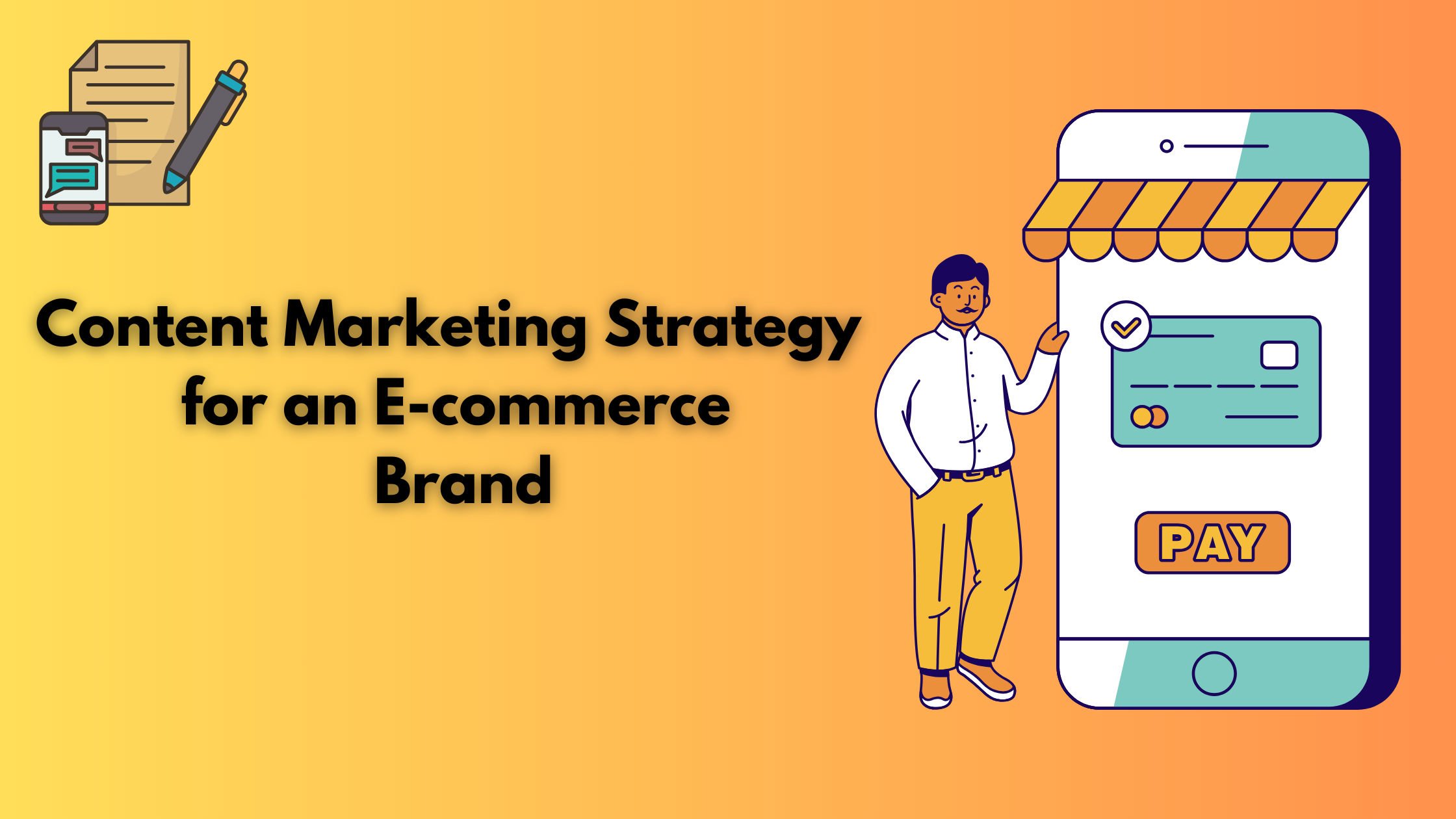


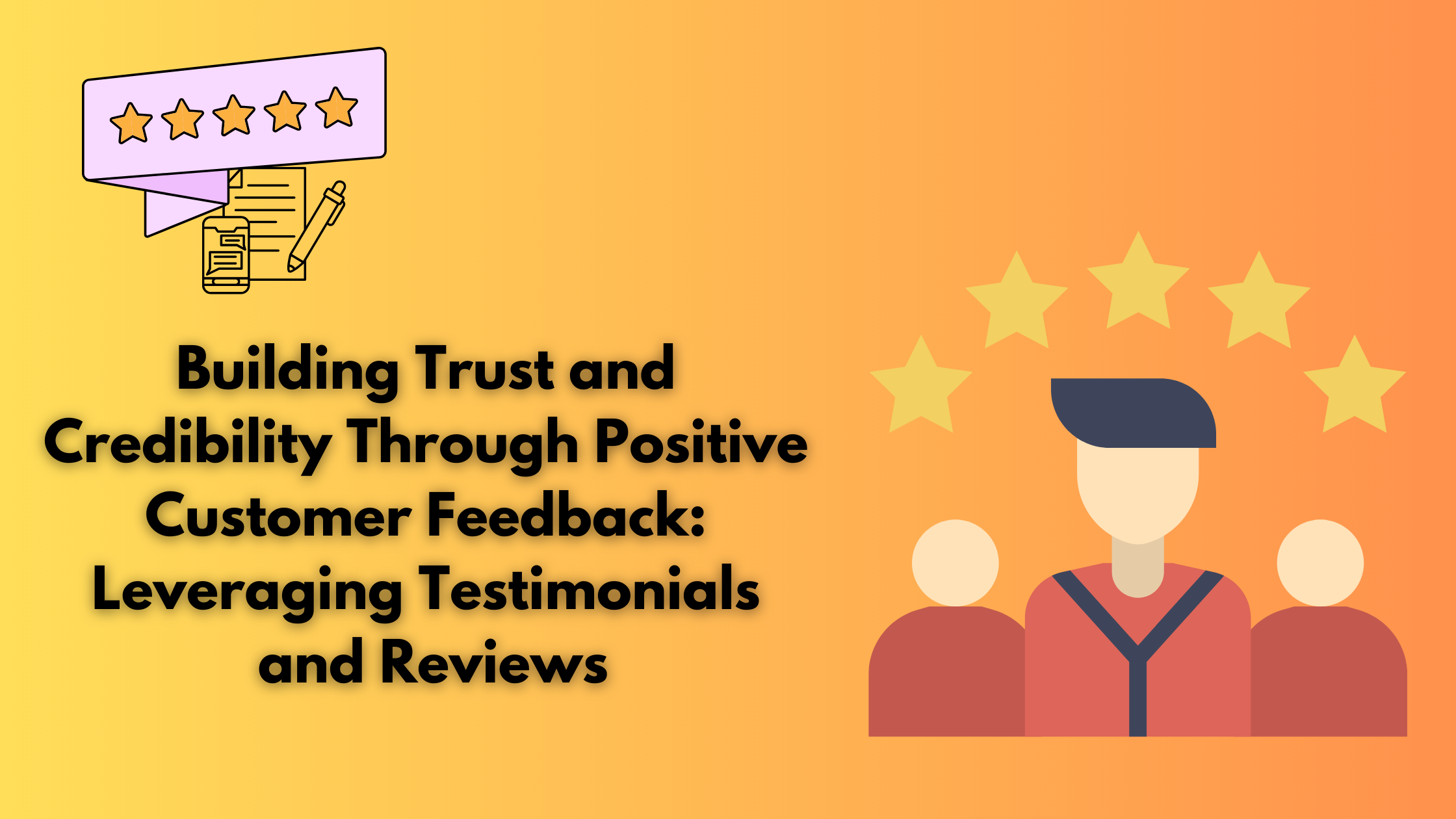
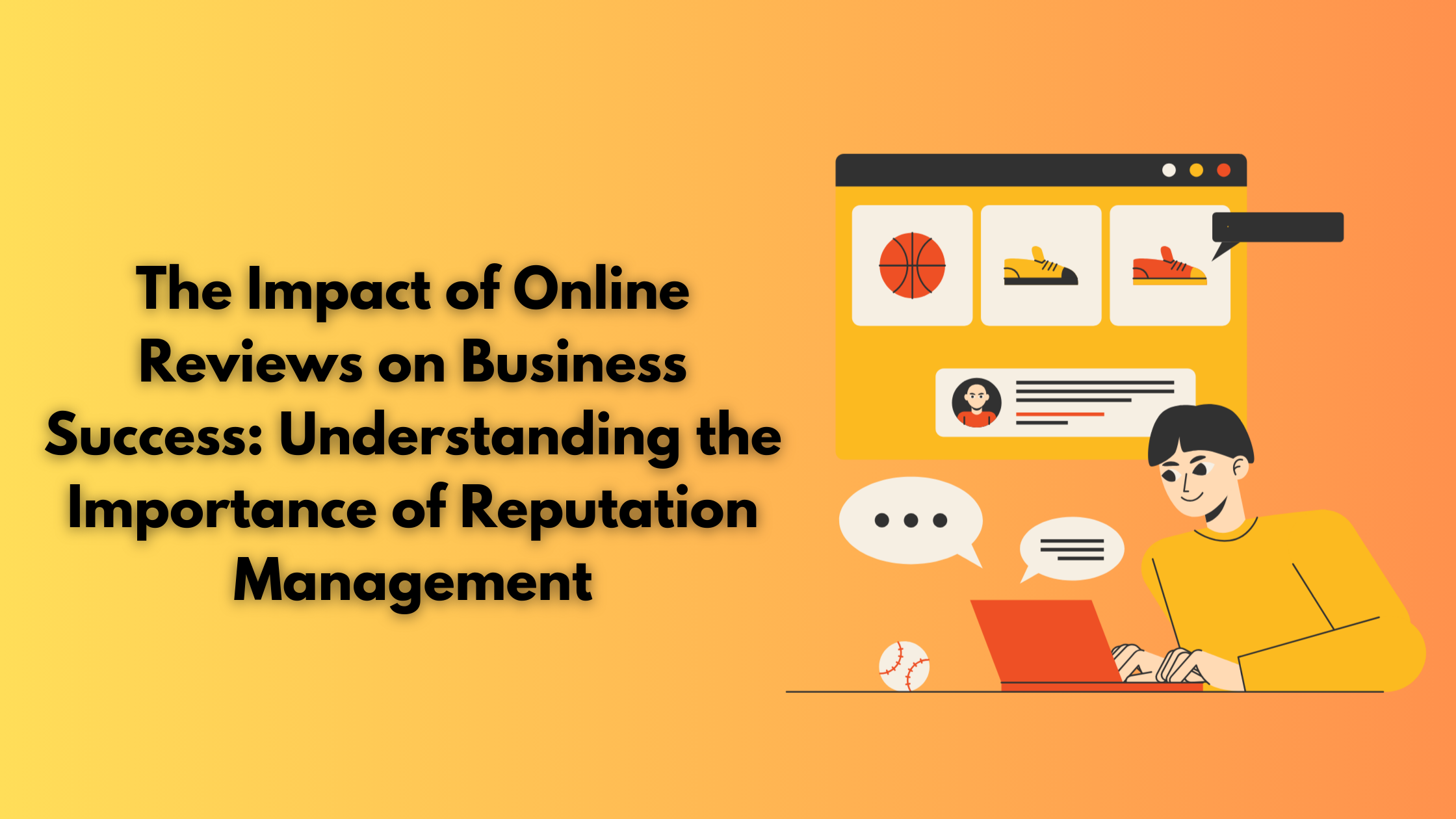


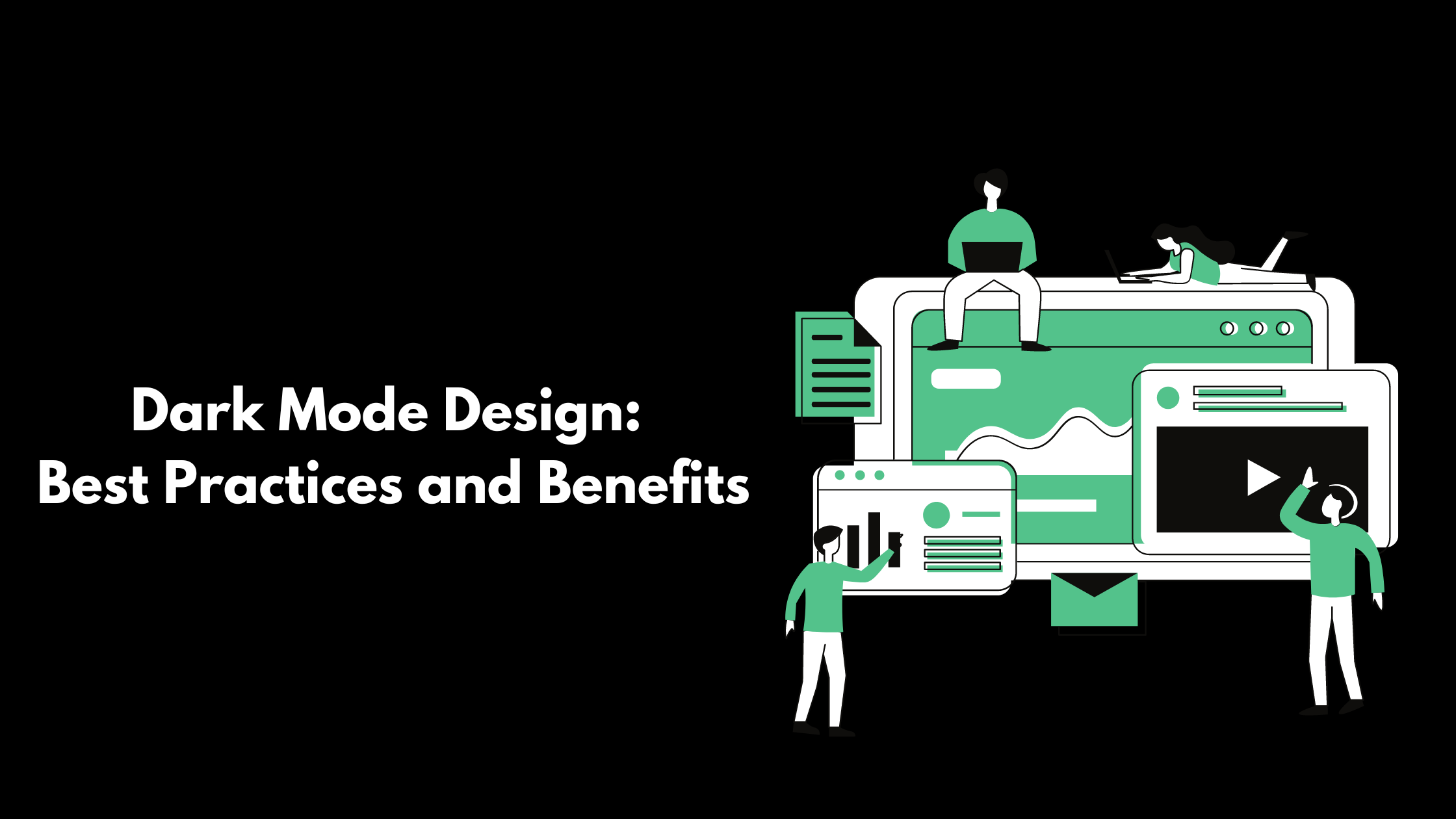
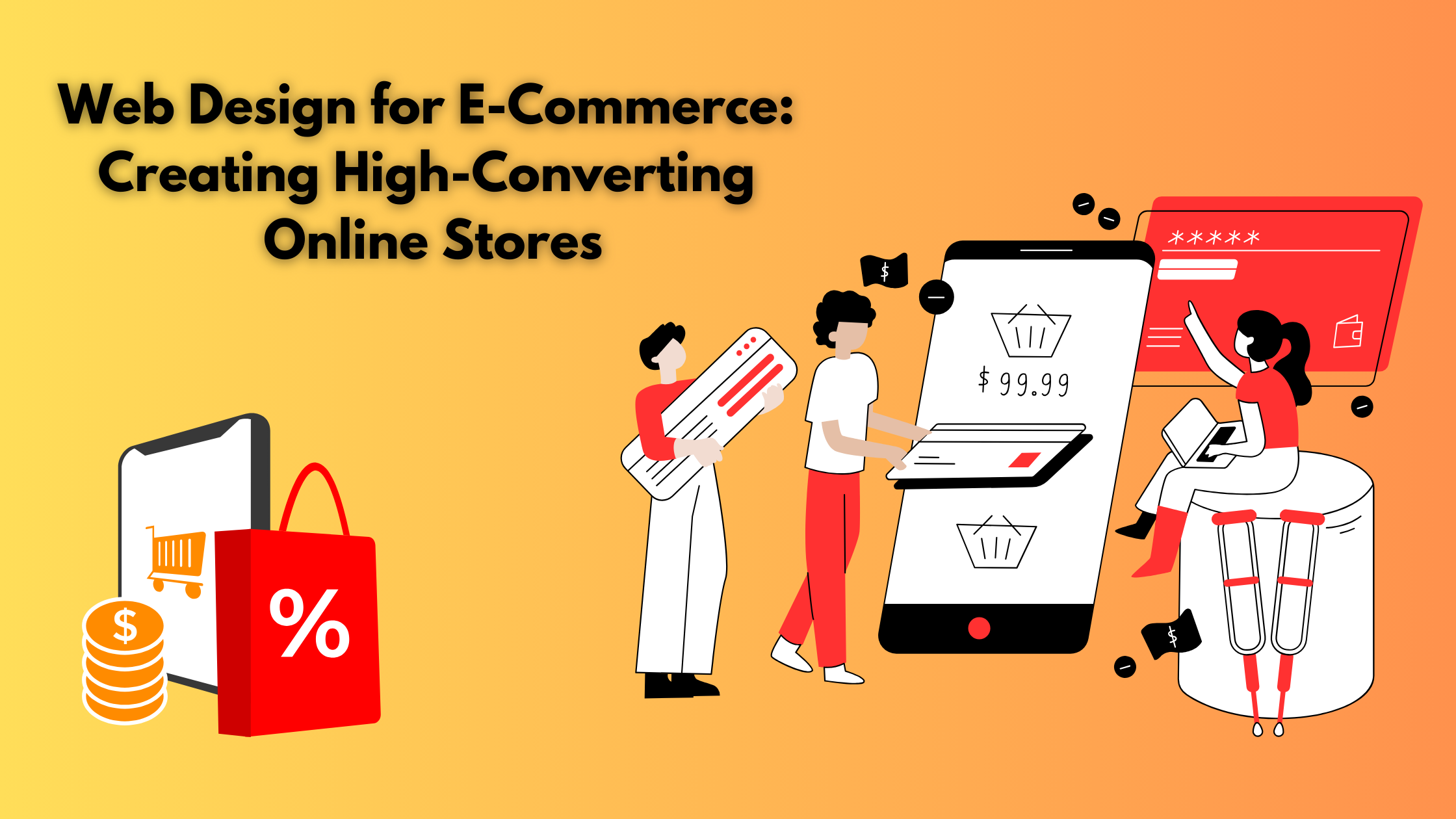


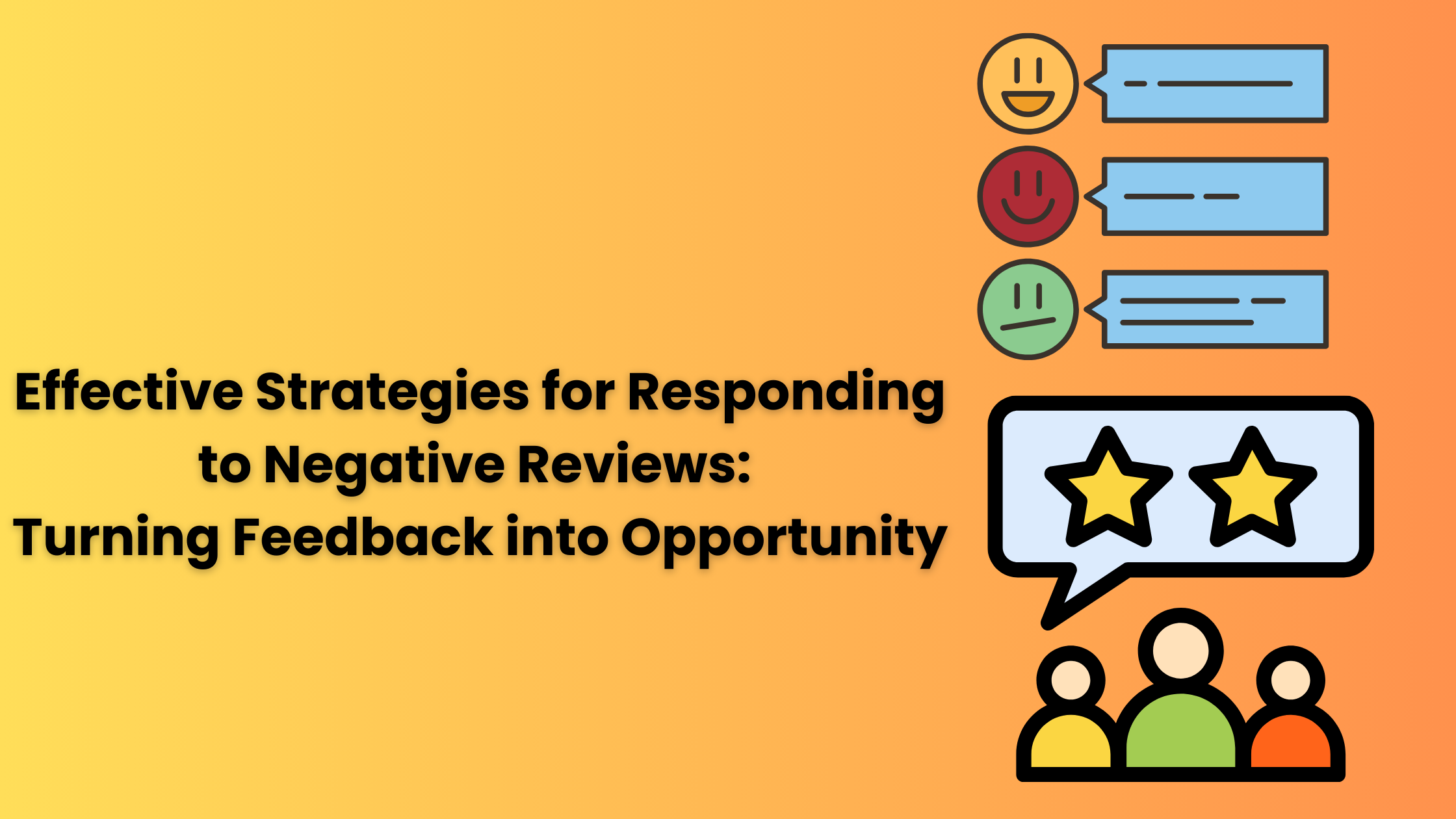
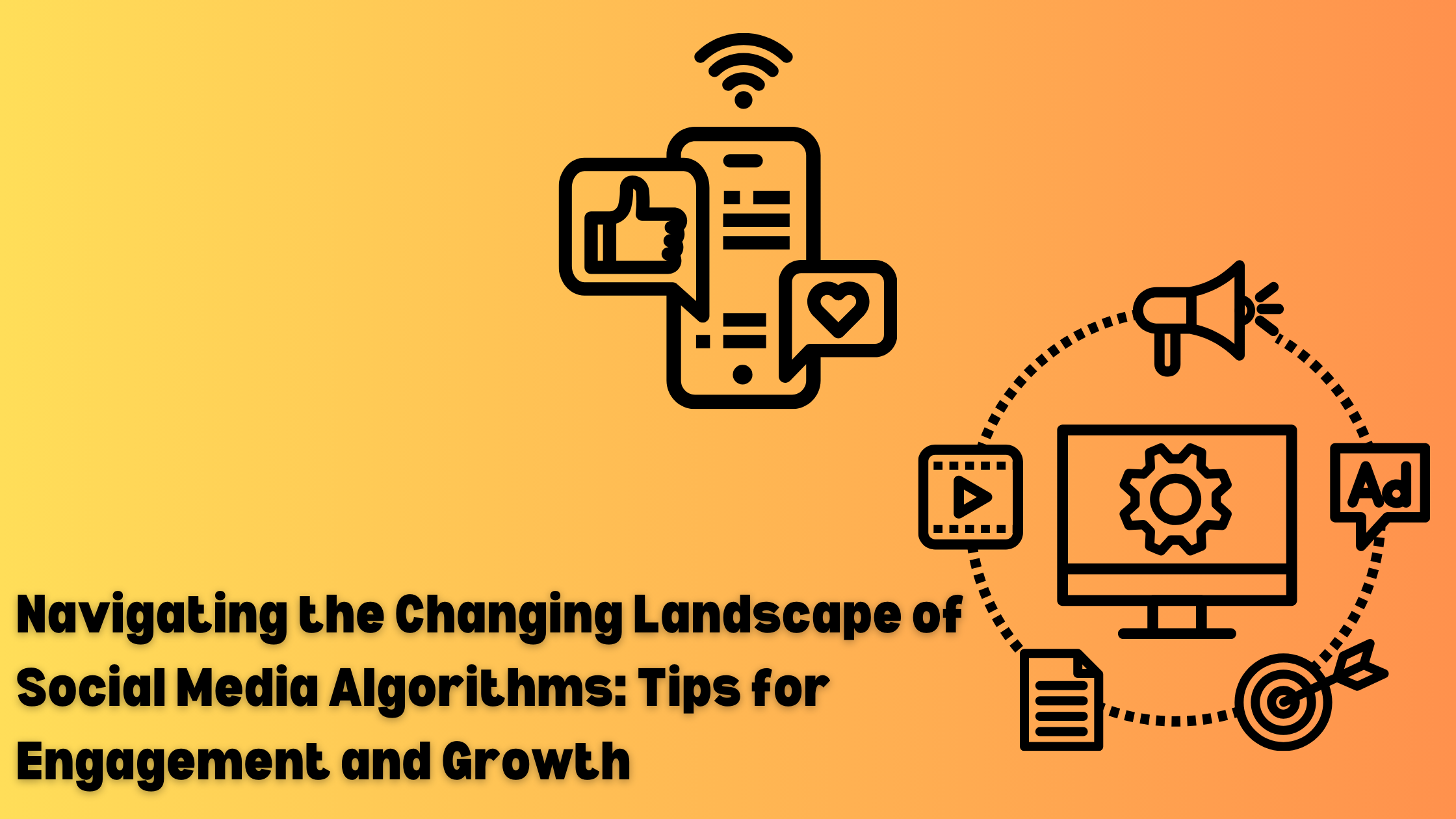


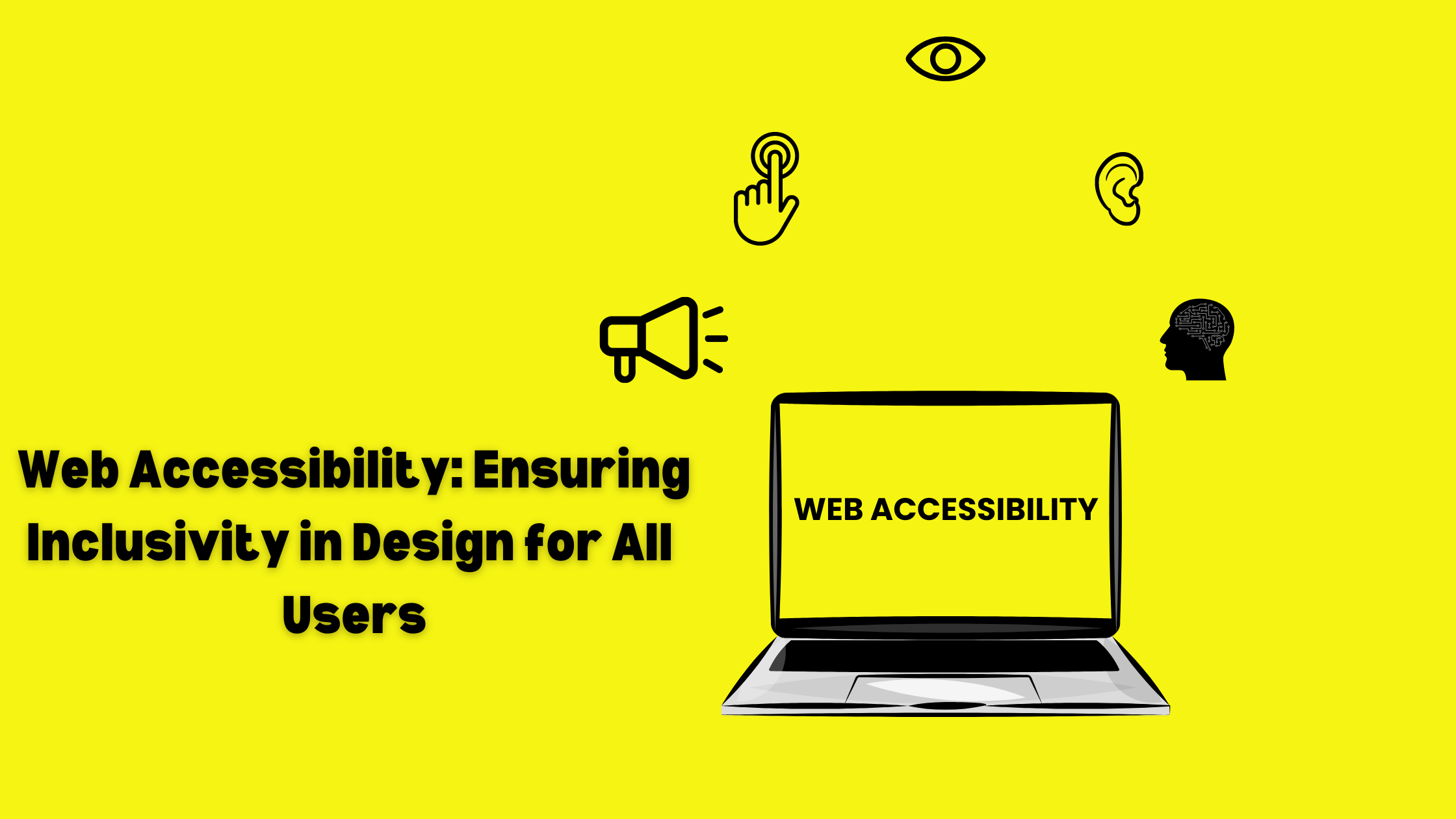
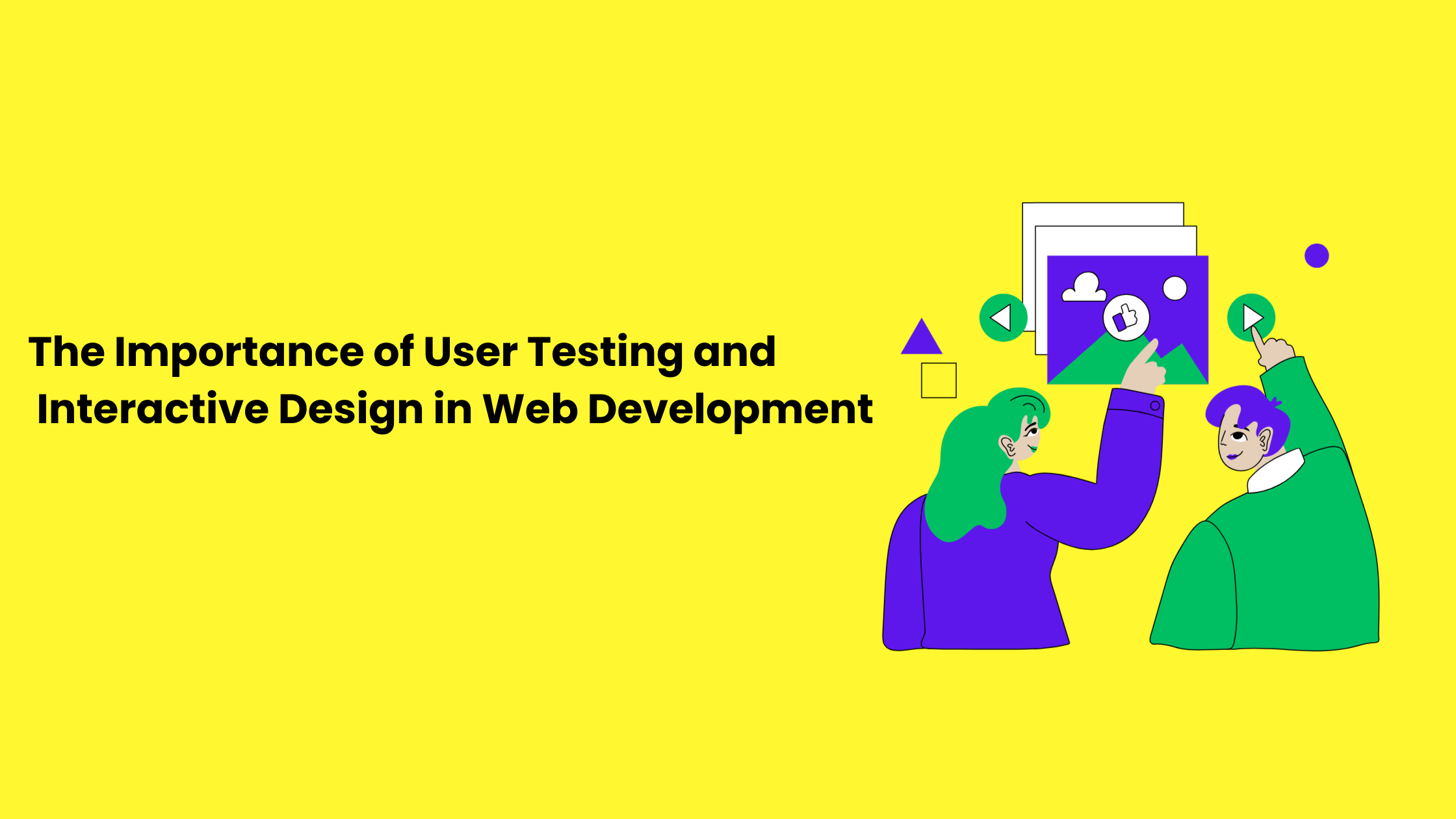
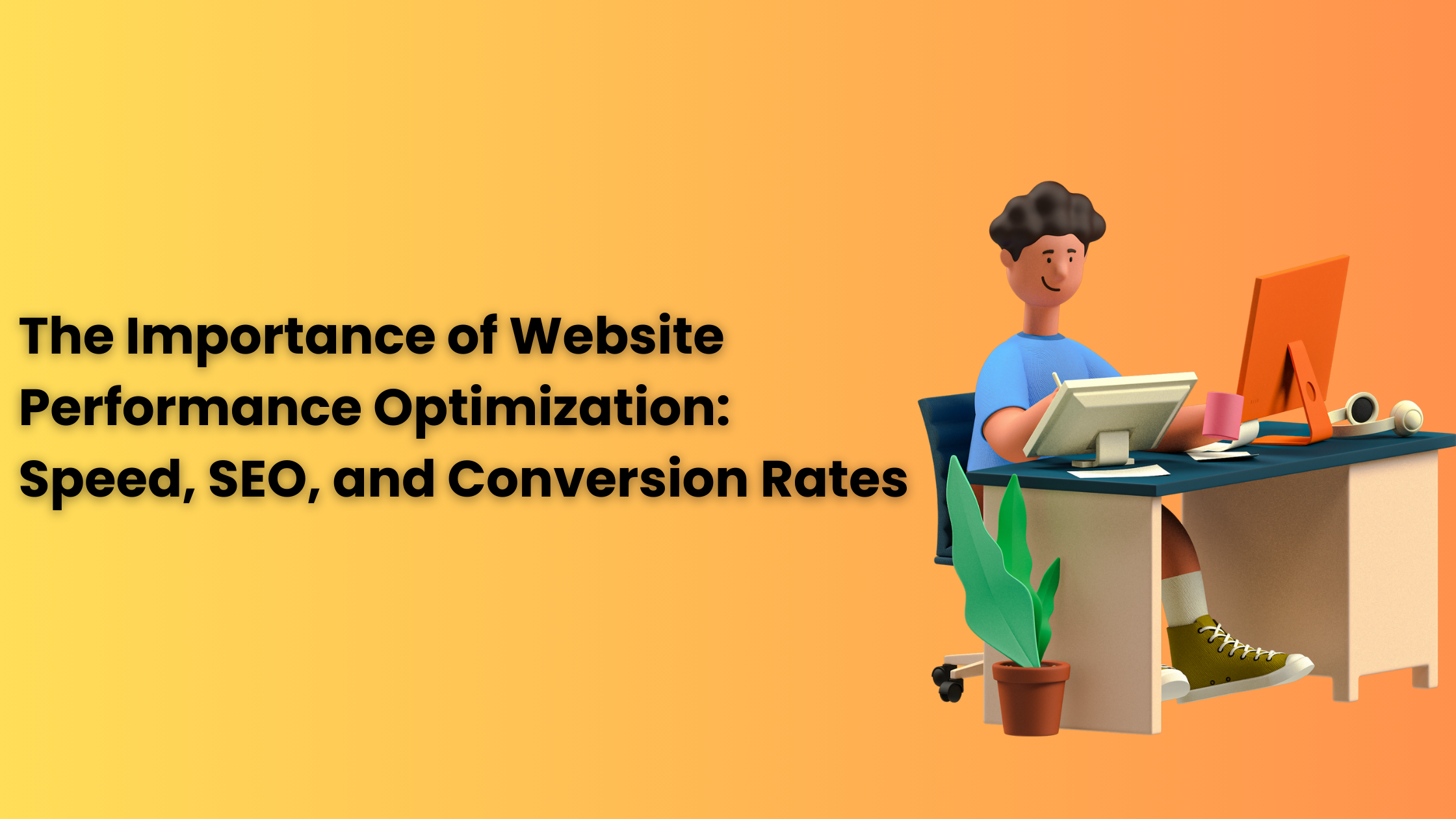



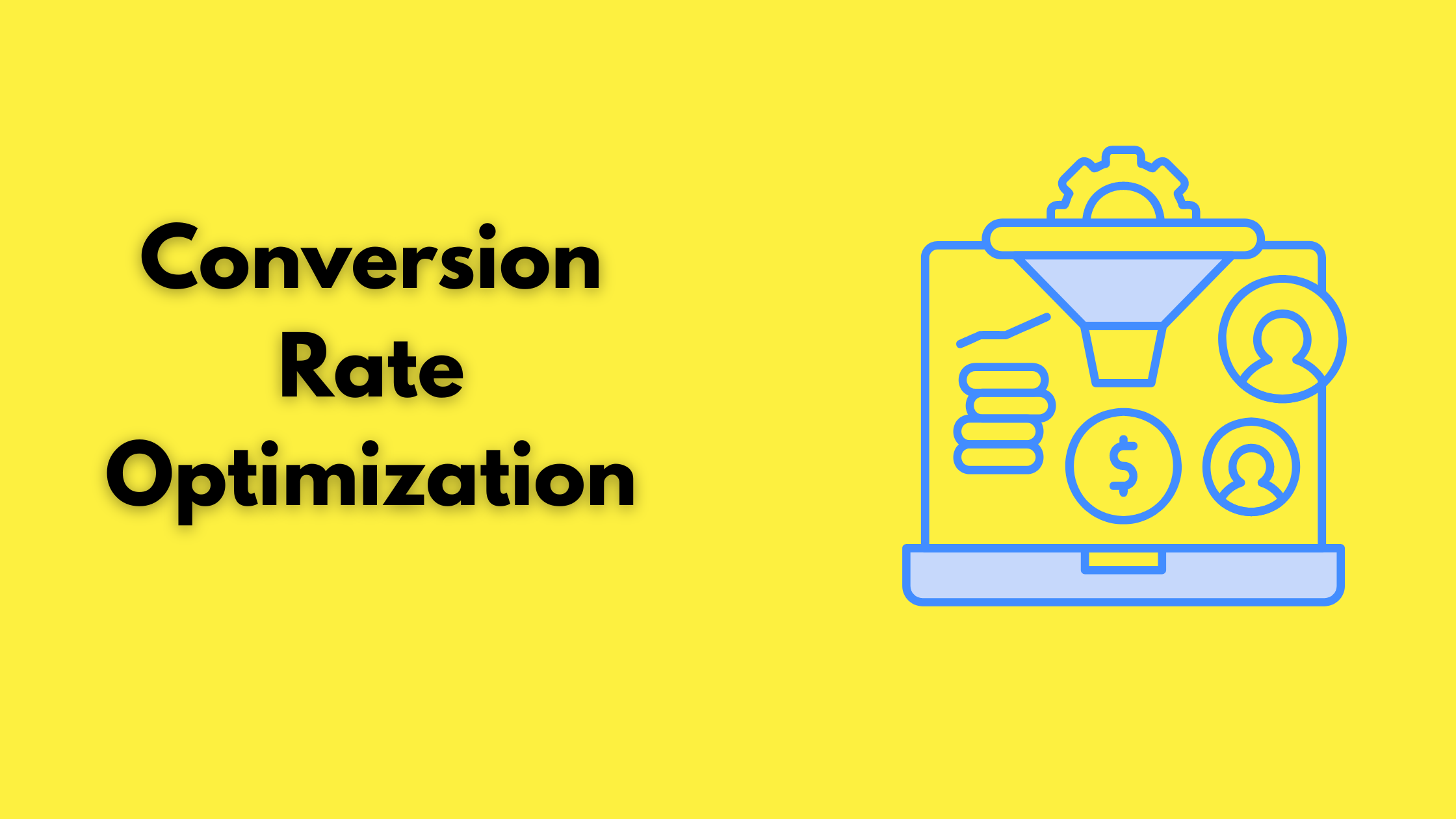
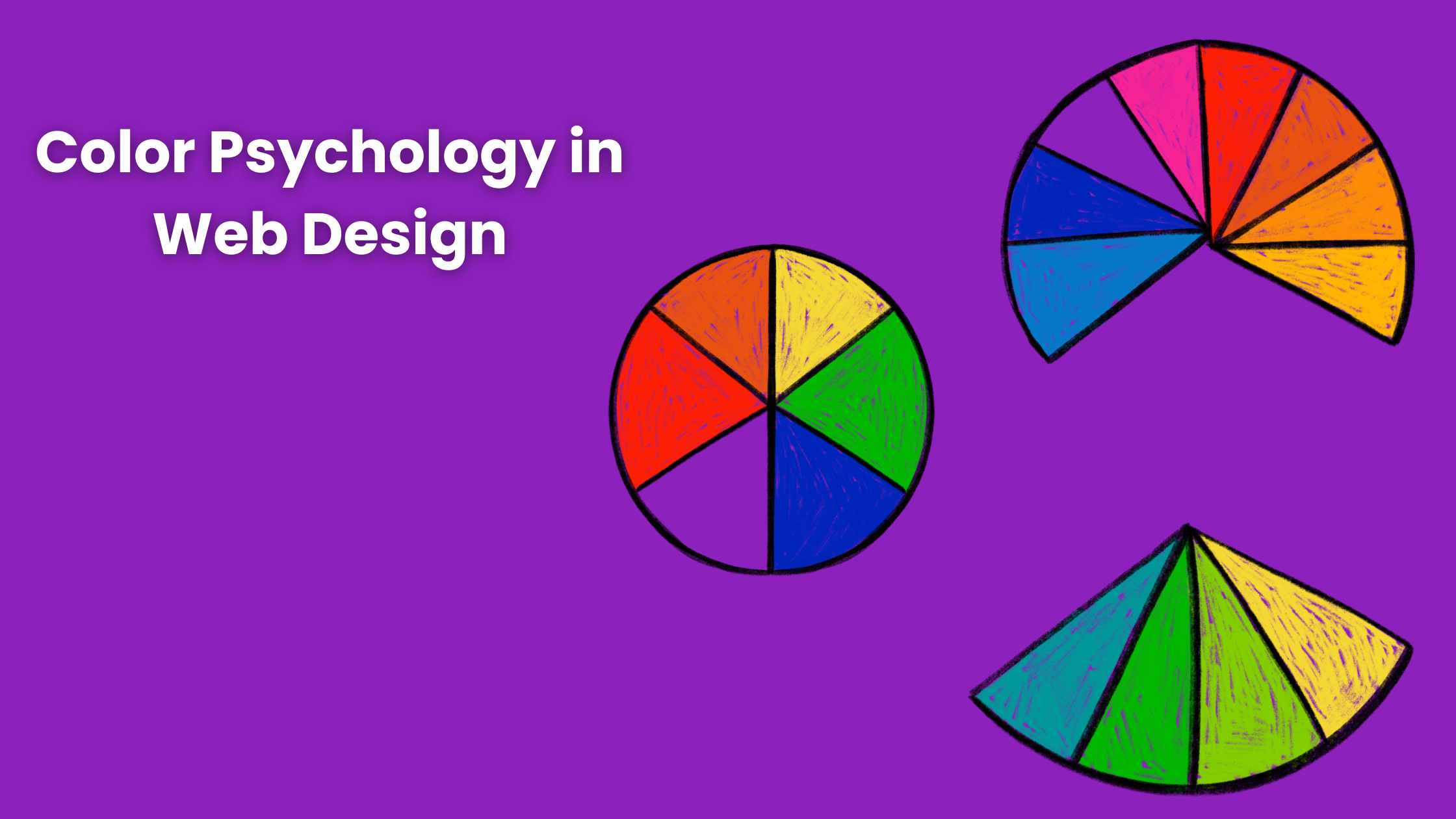
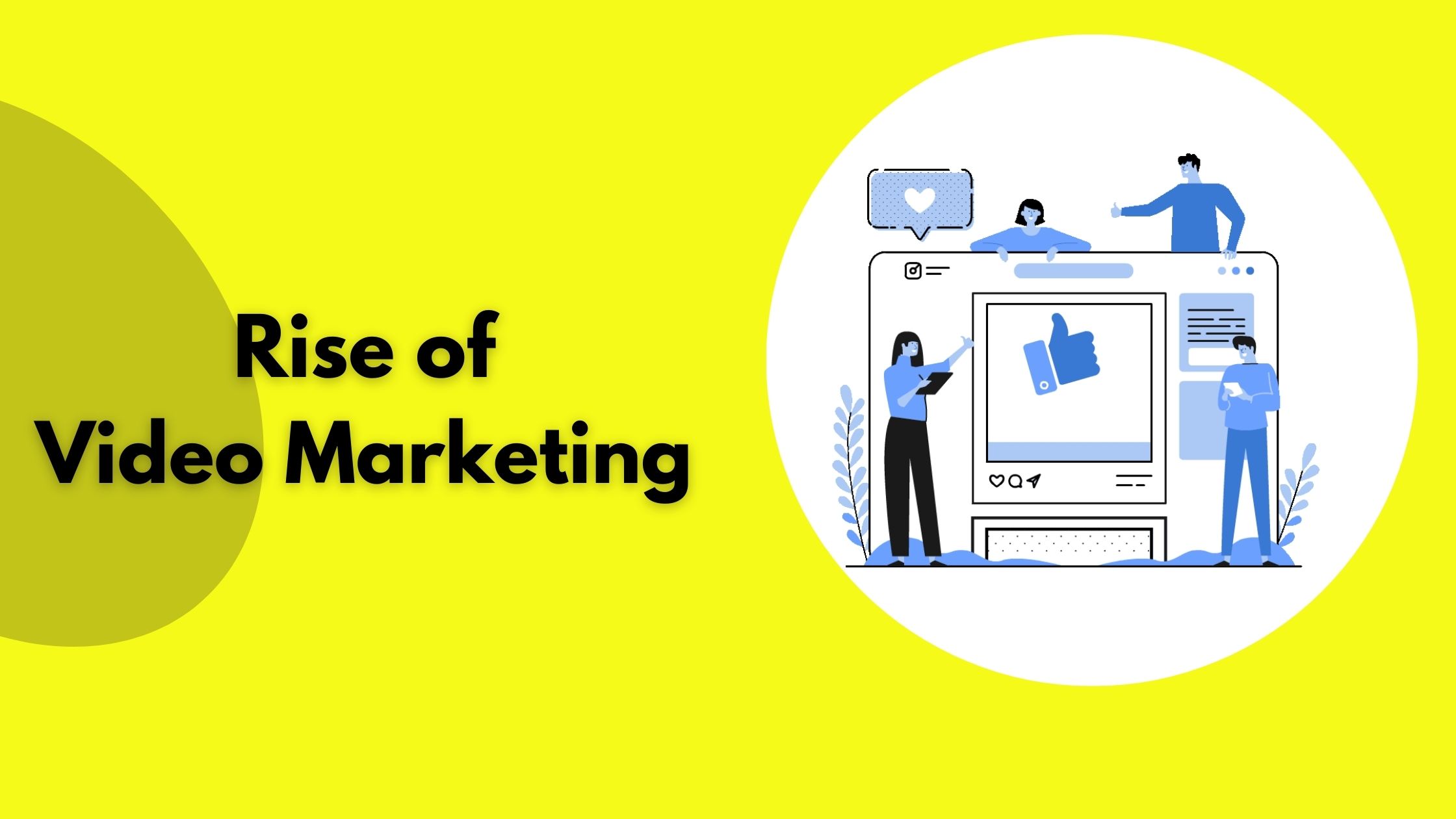


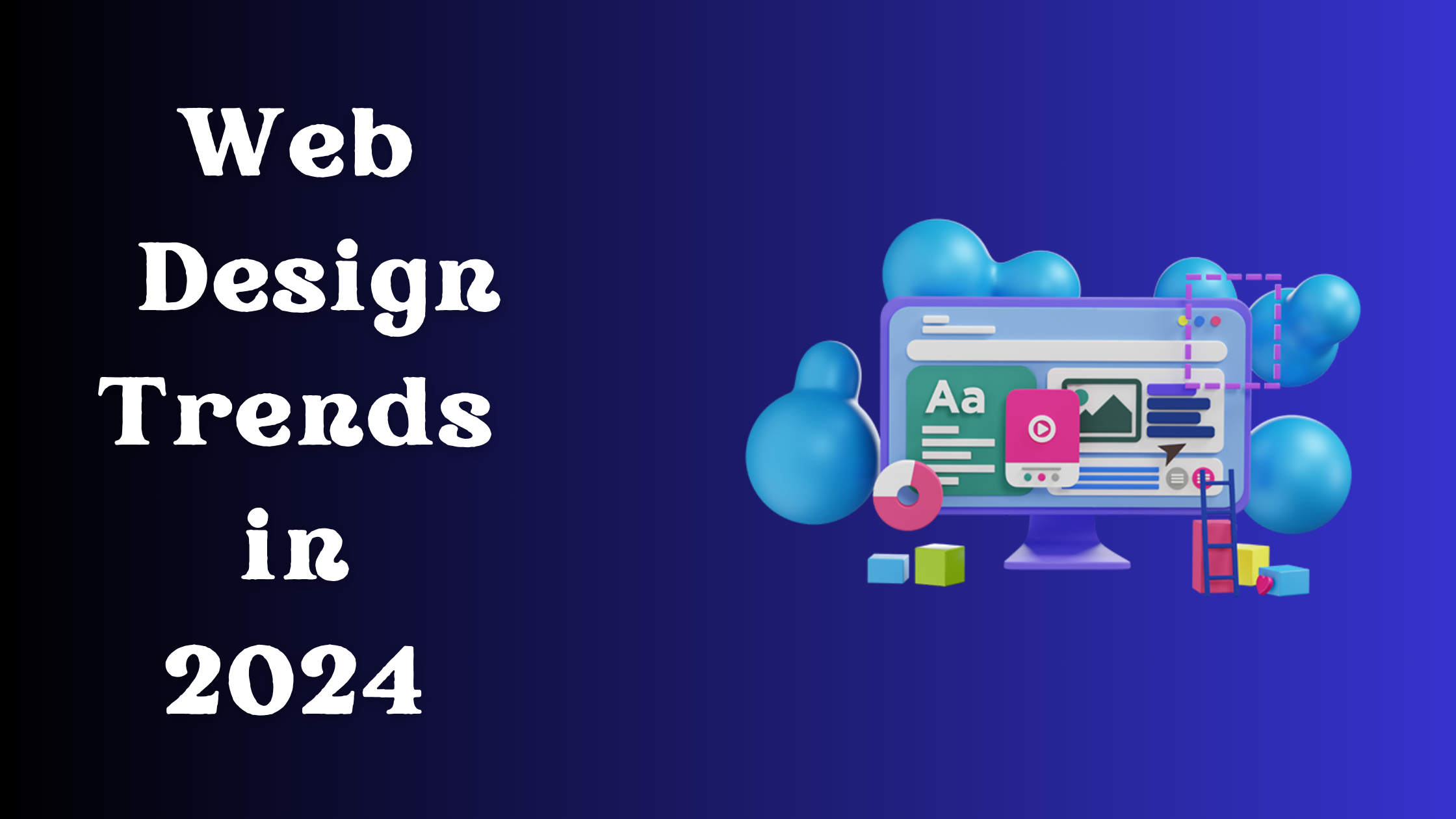

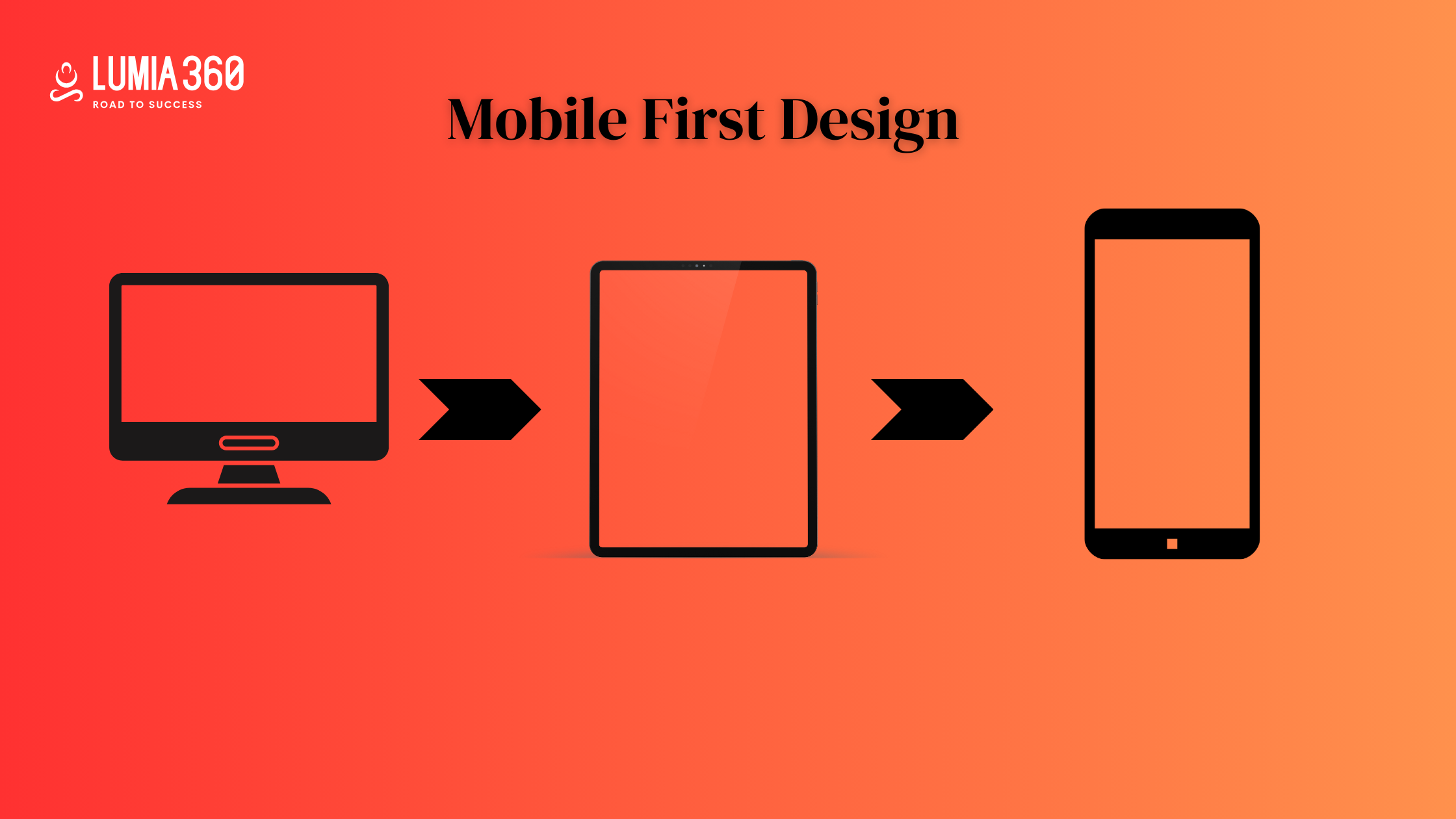
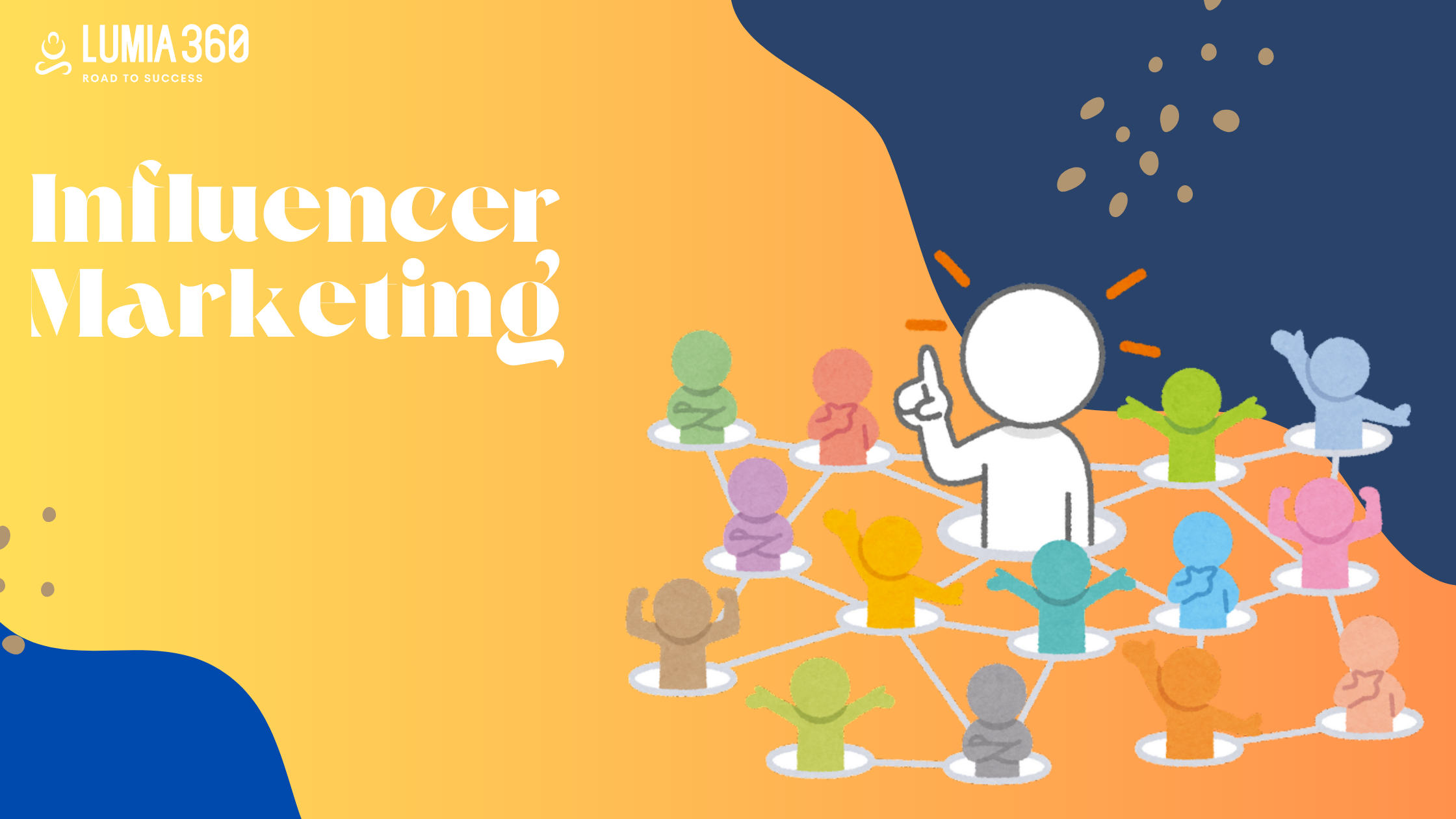
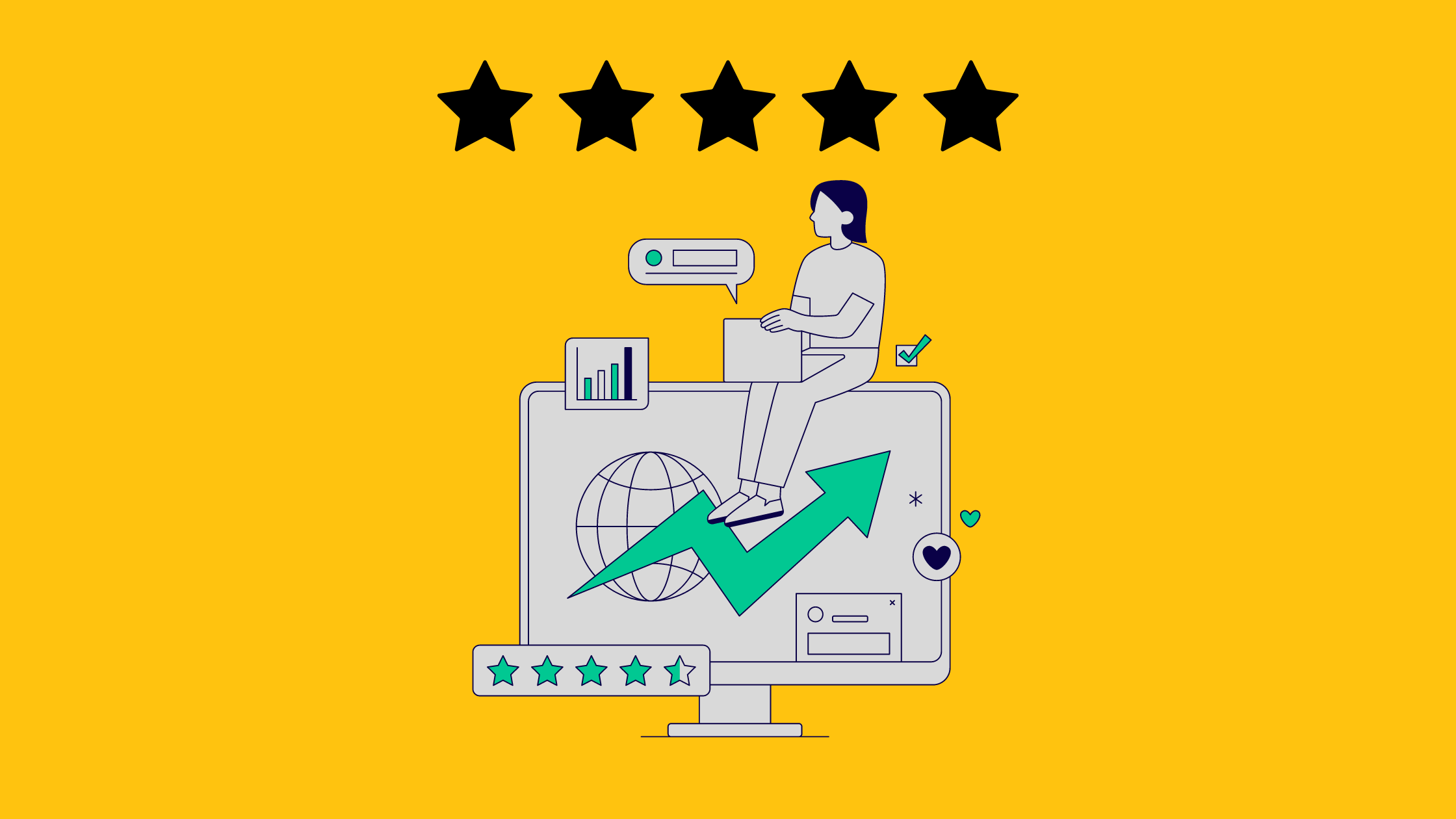



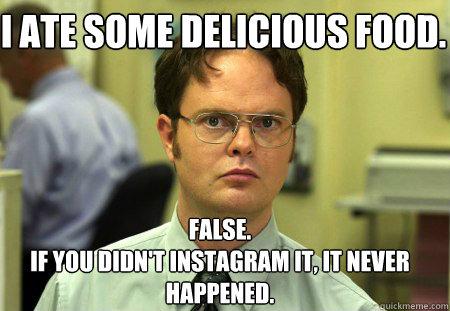

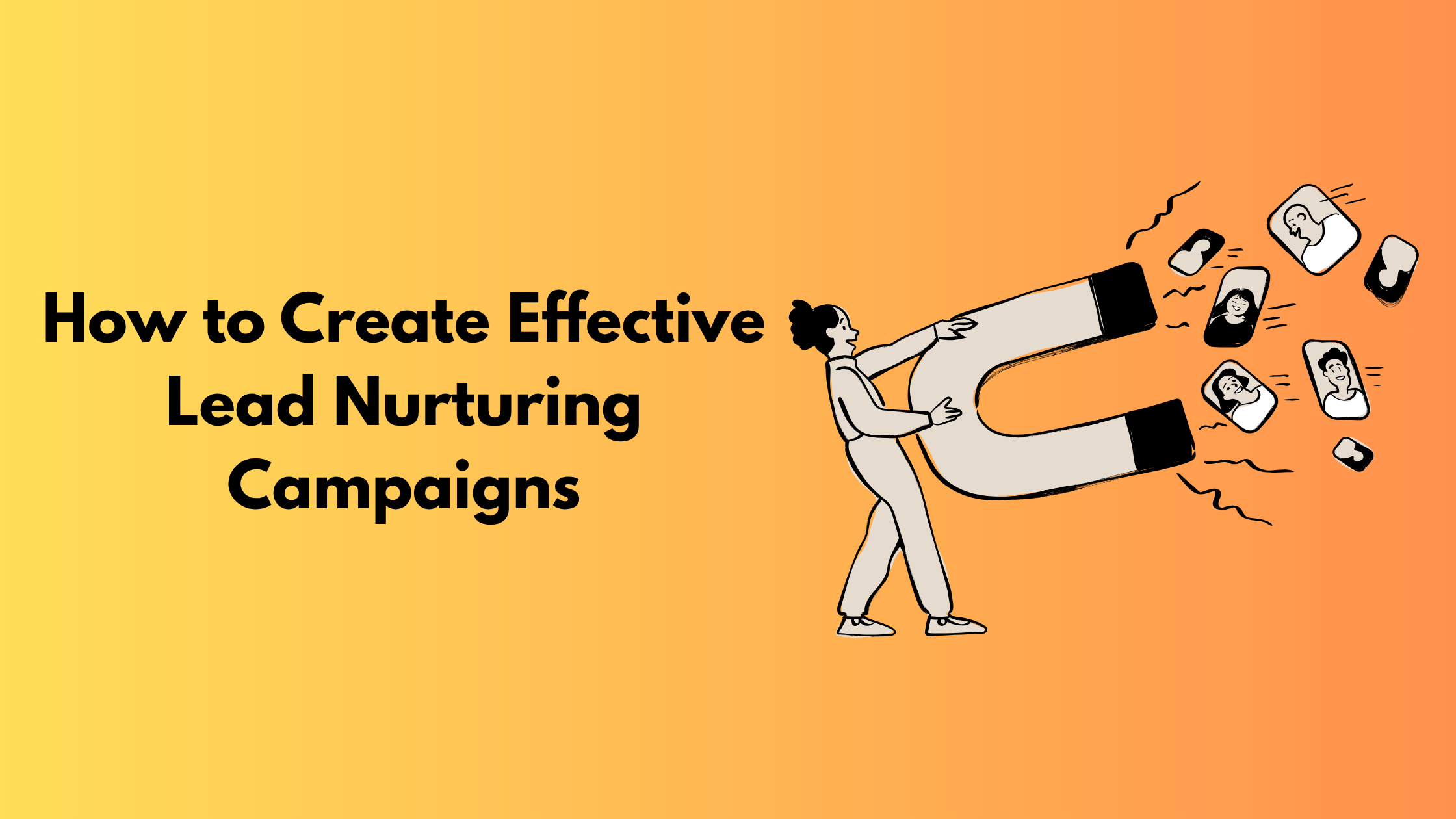
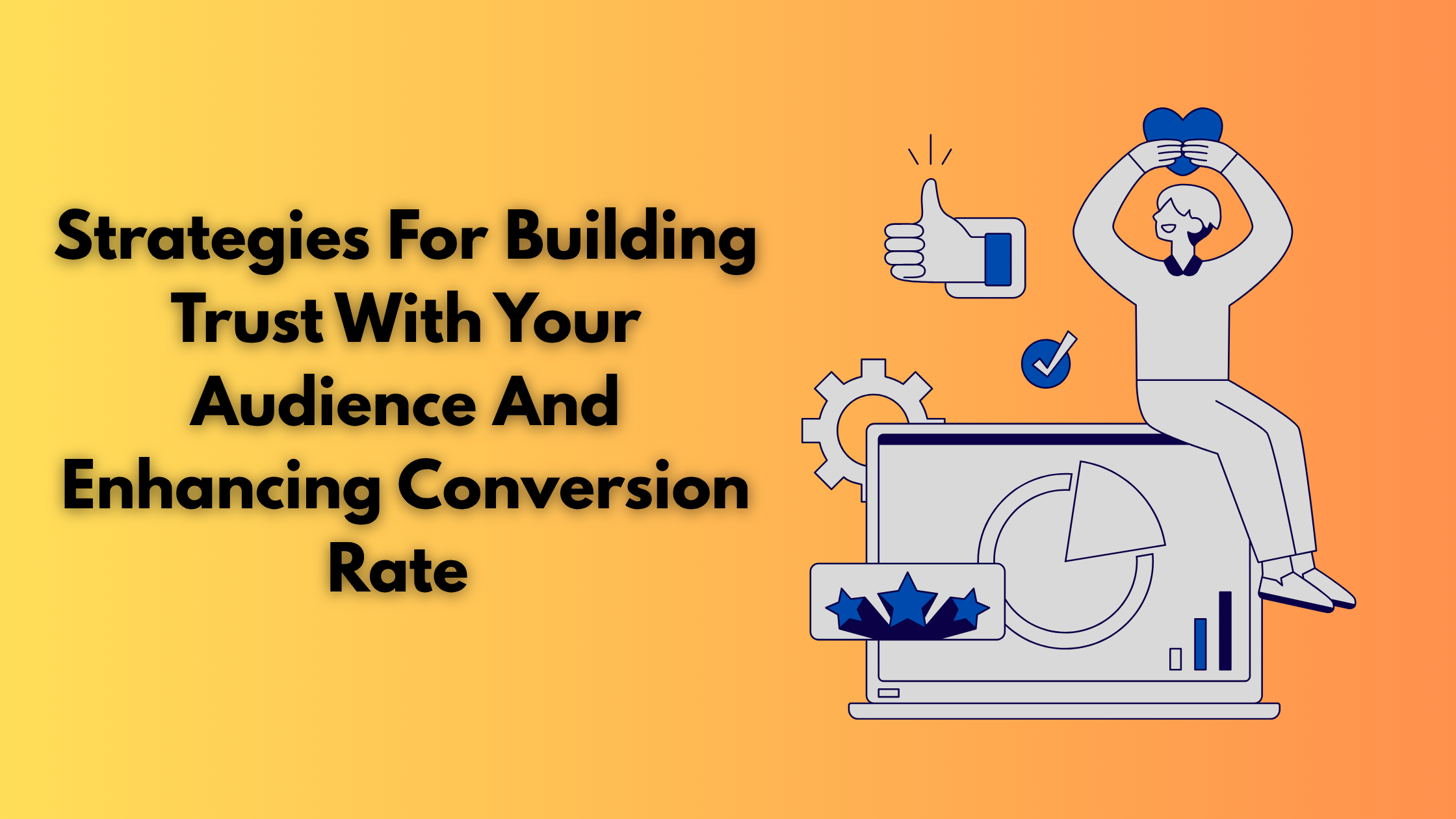

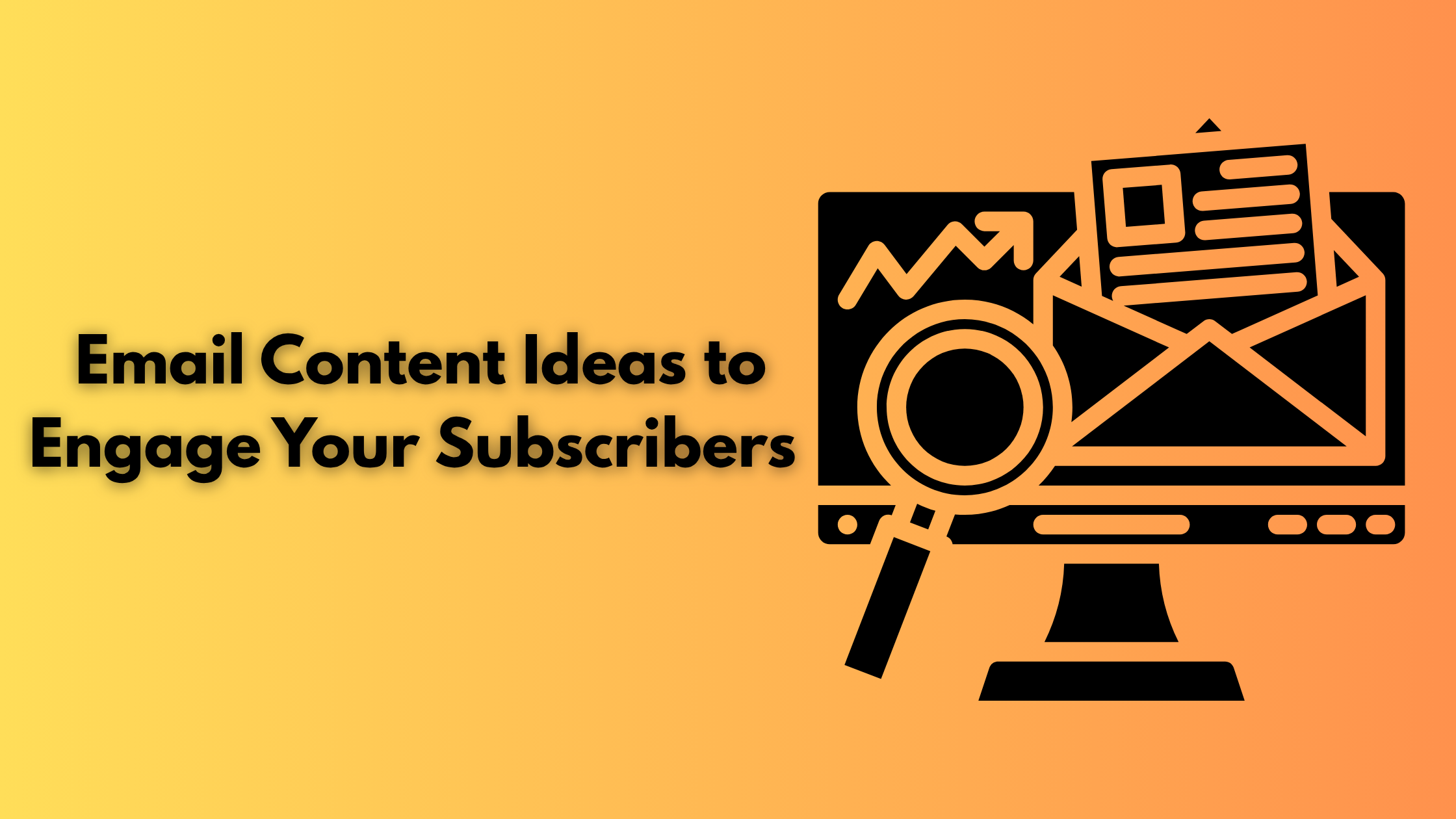

1 Comment
[…] Read Also: Personalization in Social Media: Why it’s Important and Tips for Enhancement […]